|
When it comes to staying safe on the road, everyone always talks about common sense, as if it's a force field that will protect you and keep the zombies at bay. What exactly are they talking about? Well, since you're asking: Don’t Flash Your Wealth In nature, predators hunt the easiest targets, the lowest hanging fruit. Those who target tourists do the same. If they see you walking around with expensive jewelry and cameras, or thumbing through rolls of cash, you become the easy mark. This is especially true in developing countries, where signs of wealth are displayed less flagrantly. Leave your $10,000 wedding rings at home or in the hotel safe. Keep your camera in its bag unless you feel safe in the environment. Draw as little attention to yourself, and try to blend in. It’s the simplest and easiest way to avoid the unwelcome attention of predators. Don’t Go Where You Shouldn’t It sounds so simple, and yet it’s amazing how often this is the cause of unfortunate incidents. Every city has places you should avoid. If you don’t know what they are, just ask a local who will gladly tell you. Meanwhile, if it’s avalanche season and you’re advised not to go venturing into the backcountry, heed the warnings. Official government alerts are often over the top, but do some research before you dismiss them outright, and unknowingly find yourself in a conflict zone. If you are visiting a hot spot, make sure you’re in regular contact with friends, and let a government office know. A little bit of knowledge goes a long way when it comes to ensuring you’re not in the wrong place, at the wrong time. Trust your gut Our intuition has always been there, we’ve just forgotten how to hear it clearly. When you’re travelling though, it can yell a little louder than normal. You’ll hear it telling you: Don’t eat that chicken, it looks undercooked! Don’t walk down that street, it looks too dark? This taxi is taking too long, I’m being ripped off! Common sense means knowing when to trust that little voice in your head, and dismissing it when it’s being too paranoid. It takes practice, but many of the unfortunate stories we hear in the news could have been avoided if people just listened to their gut. Your intuition is a crucial tool for staying safe. Know where you’re staying Carry a card with the name, phone number and address of the place you are staying, especially in countries where you don’t speak or understand the local language. I’ve learned this lesson the hard way, wandering about for hours before I could remember the unpronounceable name of the hotel I was staying at, located on an unpronounceable street in an unpronounceable district. Most hotels have business cards at reception, so make sure you grab one. If you’re staying with friends, ask them to write down their address to show a taxi driver. The rules of common sense are common for a reason: because they are so simple. Don’t be Afraid to Ask for Help Having traveled to over 100 countries, I firmly believe people would rather help you than hurt you. If you’re in a situation, don’t be afraid to ask for help. If you’re in public and feel threatened, raise your voice, scream, make a commotion so that people know they should come to your aid. If you’re feeling sick, tell someone so they can get you to a doctor or pharmacy. If you can’t speak the language, use gestures. You’ll be surprised just how hospitable locals can be, and how much pride they take in making sure guests in their country are safe and happy. So much so that you’ll want to ask for directions repeatedly, since some locals would rather give you the wrong directions than tell you they don’t know the answer. When it comes to your safety, you get what you pay for In La Paz Bolivia, a very popular activity is to bike downhill a 67km road from the mountains into the jungle. A New Zealander who put safety first created it, but once it became a must-do activity for tourists, competitors popped by the dozen with other priorities in mind. They offer a cheaper price, but on cheaper bikes, without maintenance records. Subsequently over 15 tourists have died. The original company has had zero fatalities. Saving a few bucks is simply not worth your life when it comes to choosing between competing services. This is especially true for adventure outfitters, but also for transportation companies. Is the company reputable? Do they look and feel professional? Accidents still may happen, but cutting corners too often might lead to you flying off an edge. Keep Online Backups of Your Passport, Details and Documents If you lose everything, and I mean everything, make sure you have backups online. Send your webmail a protected Word doc containing your passport, insurance, banking information and passwords, addresses and contacts. Email yourself scanned copies of your passport and drivers license. Once you have all that information, you can begin the painful, yet necessary task of alerting all the relevant authorities about the theft or loss. But at least you’ll know who to call for help, and what information they’ll need to help you. Make sure, most importantly, you don’t forget your password to access this information online. It’s also a good idea not to keep all your valuables together. Just in case, when I travel I keep a back-up credit card stored in a different location. Watch our for Common Scams Read up on some of the most common scams so you’ll know what they are and how to avoid them. Fortunately, I’ve compiled a handy list for you right here. Crowded tourist attractions or markets are popular with pick pockets, so make sure your wallet is safely zipped up, and be vigilant about checking it’s still there. Carry your bags securely and be aware of your surroundings. Never, ever leave your luggage or bags unattended, especially in train or bus stations. Be friendly but weary of random people who approach you on the street. Act Like You Belong Scammers and thieves look for tourists displaying obvious signs of wealth, and also those who look nervous and uncomfortable. They might just say hello, but how you answer the question will determine whether you’re an easy mark. The key is to look relaxed and in control, no matter how freaked out and nervous you actually feel. Smile, make eye contact, be assertive but not aggressive. The goal is make it look like you’re too much work to bother with. I once found myself on the wrong bus and had to walk my way out of a South American slum. Inside I was panicking, but I kept my cool by strolling in the streets, smiling, looking like an out of place gringo who nevertheless knew where he was going. Locals are always more willing to help someone who’s behaving rationally than someone in a panic. Always Carry Insurance, and Avoid Confrontation
Travel insurance is absolutely essential. A few dollars save your butt, and the peace of mind is priceless. Shop around, and read the policy to know what you’re covered for, and what’s excluded in the fine print. Insurance is there for a reason. Never, EVER confront someone threatening violence. It might be brave, but no watch, wallet or cash is worth getting hurt or killed. Remember that the vast majority of people travelling never experience any problems, but sometimes shit happens. Keep a clear head. Call the police to get a case number. Cancel your cards and find out about getting new ones. Contact your insurance company as soon as possible to file a claim. Resist the temptation to tarnish an entire country because of one unfortunate situation. You’ll be amazed at how people will come to your aid when you really need them. But with a little common sense, the chances are astronomically in your favour that you’ll be just fine.
1 Comment
Almost a decade ago, I came up with an idea to profile veteran concierges at hotels so that guests could get to know who they are and what they do. The plan was to make short, engaging videos which the hotel could use online or on their in-room video channels. We filmed a demo with my friend (and part-time Word Travels production team-member) Neil Maclean, who epitomized the concierge role at the Fairmont Hotel Vancouver. I pitched a few hotel chains, all of whom passed because every star in the universe did not align and that is what it takes to bring any great idea to fruition. I uploaded the video to Youtube, and noticed this week that it has now garnered over 175,000 views. That's pretty impressive for our little video - shot and edited by Ian Mackenzie. Below is the video, along with a short interview with Neil about what he does, and why guests should stop by the concierge desk more often. Our primary role is to make life easier for our guests. This could mean anything from making dinner reservations, suggesting tourist activities, helping with directions, ordering flowers, and helping to resolve any guest issues.
You could argue we’re obsolete, but we have insider information you simply can’t get on your smart phone. The perception is that the concierge can get sketchy things, like drugs and prostitutes. Fortunately, this is not the case. In all my years I’ve never been asked to get anything illegal. I think the movies have given people the wrong idea. The role of the concierge is to give, give, give. It’s a contrast to the front desk, which can take, take, take. We’re a free service. Where else will you find a free expert on the city? Concierges used to be arrogant and stuffy, like overbearing maître d’s. The modern concierge is approachable, patient, loves their city, and knows how to listen. There are some services many people don’t know we can provide: We can change your flights, so you don’t have to spend an hour on the phone. We have relationships with airlines and operators, and usually get special treatment. We can help track lost luggage, or even deliver flowers to your room. We aim to exceed guest expectations, because we really enjoy what we do. I have heard horror stories of concierges being verbally abused, or being asked to find drugs and what not. But it’s way more rare than people think. Fortunately I like my job, colleagues, and this grand, old hotel. There’s no protocol for tipping concierges. We’re not servers or bellmen. We do get paid more than those guys, but tips are always appreciated. My most popular question is: “Where is the bathroom?” My most outrageous request: A guest was looking for moose antlers, so I found myself calling taxidermists around the city. Every day I meet people from around the world, and sometimes celebrities too. Over the years I’ve helped out Robin Williams, Buzz Aldrin, Michael Phelps and Cindy Crawford, who used to hang out at the concierge desk and chit-chat. So many people wanted photos of her I told her she should do it professionally. We once arranged a private screening for Jerry Seinfeld, and a belt for Bill Clinton. A few weeks later we received a personalized thank you letter with the presidential stamp. The reality is that we would treat all our guests the same way. Here’s an actual conversation with my six-year-old on the final day of our eventful spring break. “Well, what was your favourite part of our trip? Was it visiting the Statue of Liberty that you so desperately wanted to see? Was it the American Museum of Natural History, or that hilarious show we saw on Broadway? Was it hanging out with your aunt in Central Park, or taking the busy subway around the city? Was it spending a week playing in the big waves of Copacabana? Was it the cable car to Sugar Loaf Mountain to get that incredible view of Rio? Maybe it was the Wishing Tree and the monkeys we saw at the top of the mountain? Was it climbing on massive floats and dressing up in carnival costumes to dance with a beautiful samba princess? Maybe it was the sharks and stingrays we saw at the aquarium, or eating beach corn, grilled queijo and drinking coconuts at the beach? Playing with your cute Brazilian cousins, riding a bike along the beach, or spending time with your grandparents who spoiled you rotten with candy and cakes?” Galileo thought about all this for a half a second, and replied: “My favourite part was taking the airplane.” I write these words during our final flight home after two-and-a-half weeks abroad. After a ten-hour overnight leg from Rio to Houston, we spent 90 minutes in line-ups to clear US customs and airport security. Removing friction from travel is a primary driver for tourism growth. Adding friction and making life difficult for passengers is the domain of government security and regulations, which has built nonsensical layers of procedure atop unnecessary layers of bureaucracy that make no sense to anyone. Are we still removing our shoes because one idiot unsuccessfully tried to blow up a plane with his shoelaces twenty-five years ago? Are we still confiscating perfume because liquids over 100ml are deadly? Are we still getting grilled by customs while connecting through a transit bubble, and going through security again even though we never left the sealed-off arrivals hall? Which is why, if you have anything less than a two-hour international connection these days, you’re playing with fire. All this said, our planes took off on time, United Airlines staff have been lovely, and even though they misplaced one of our suitcases for 48 hours, the system somehow worked well enough for little Galileo to have the time of his life, both on the plane and off it. 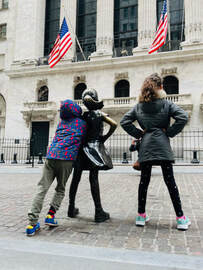 I’ve never been a particular fan of New York. I’ve visited the city a half dozen times, mostly for professional reasons, and I've always got the sense it's a frenetic place for those in ivory towers, and the overworked masses who support them. How does it go: Live in New York but leave before you become too hard, and live in LA but leave before you become too soft. New York tends to be city utterly swept up in the sense of its own self-importance. This is not the centre of the Earth (geographically that’s somewhere in Turkey). Being rude to strangers is not charming, it’s just being rude. Perhaps when I was in my twenties, I’d have more fire and energy to take on The Big Apple, a zest I’d exhausted in late 1990’s London (The Big Smoke). Age has now mellowed me, and nature holds infinitely more appeal than nightclubs or fancy restaurants. On this trip, I found the subways exhausting, the line-ups at the attractions intense, the people brusque. Times Square was a violent display of overwhelming advertising and grift. I certainly enjoyed visiting the Statue of Liberty and American Museum of Natural History with my kids. Both world-class attractions are transitioning from Covid protocols and were somewhat chaotic. We used a CityPASS which saved us a few bucks, and a company called TodayTix to get heavily discounted Broadway show tickets. I took the family to see The Play That Goes Wrong, which had all ages in stitches and was the perfect family-friendly live theatre experience, especially for kids who have never seen this level of professional theatre before. We caught a lovely sunny day at Central Park, and my daughter’s birthday present was a visit to the goopy Sloomoo Institute, which will get its own sloppy sticky story in due course. We stayed with relatives downtown, and as always, reconnecting with family proved to be the best highlight of all. It's been almost a decade since I visited Rio de Janeiro, presently emerging with the rest of Brazil from dark political days. Just about all my time would be spent with family in Copacabana, staying with my in-laws who live one block from one of the most famous beaches in the world. Heading into fall, the weather was spectacular: 30℃ blue skies, crashing waves, not a drop of rain in a month that could just as easily be a washout. Little stalls along the beach offer chairs, umbrellas, drinks and food, and with a caipirinha in hand I was content to watch the kids play in the waves while an endless stream of touts made the rounds offering everything from bolinho de bacalhau (cod fish cakes) to loud shirts and Bluetooth speakers. I don’t recall Copacabana being this clean, lovely and safe, especially in the evening. New waste treatment plants have made the water safe to swim in, tourism police and lifeguards patrol the shores, locals wear their teeny-weenie bathing suits, and you can happily spend all day doing nothing (the Brazilian way). The neighbourhood was also noticeably LGBTQ-friendly. My kids got to know some local characters, relished their acai bowls, street food, Brazilian family, shopping excursions and night markets (the Canadian dollar goes far here). 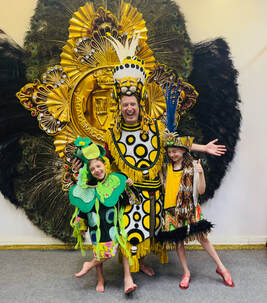 Of course, we still had time for the sensational views atop Sugar Loaf Mountain and the AquaRio, the largest aquarium in South America. We also took a braziliant tour called Carnaval Experience, taking us backstage at Samba City to learn about the city’s legendary festival. Staying relatively put – by my standards anyway – I was reminded of the months my family spent in Chiang Mai and Hoi An, which allowed us to get under the skin of a different place and culture. Like New York, the traffic and chaos of Rio can get a little much, but since my goals were modest, it was a joy to reconnect with our Brazilian family on these too-few, too-rare occasions, allowing the kids to immerse themselves in the culture of their mother’s heritage. Ipanema, Santa Theresa, Lapa, heck the rest of Brazil would have been fantastic. Maybe next time... or maybe I won’t get too far from the beach again. Either way, the friction of six airports, the white-knuckle taxis, the financial expense, the subways, the heat, the rain, the packing, the crowds, the jetlag…it’s all worth it, and it always is. I’m late to this particular highway, but I expect that many readers are. With sky-high gas prices and increasingly dire climate projections, I can’t help but look at electric vehicles with increasing curiosity. There’s little doubt EV’s are the future of automobiles, with everyone from Volkswagen to Volvo ditching gas to go all electric. Yet there’s as many misconceptions as there are die-hard acolytes, fanatics on both side of the fossil fuel divide. I figured there was only one way to get to the bottom of it: do some research, and get behind the wheel. I’ve worked with Ford Motors over the years (they sponsored a couple of my speaking tours as well as my 22,000km drive around Australia to tick off The Great Australian Bucket List) so naturally I reached out to them first: would it be possible to take an EV for a spin? My 6 year-old son is also crazy about Mustangs, which he confused for whatever yellow muscle car Bumblebee happened to be during his short but intense Transformers phase. This is how I came to fly into Montreal and hop behind the wheel of a 2022 Ford Mustang Mach-E: a 346 horsepower fully electric sports car that rockets from 0 to 100 km/hr in 3.7 seconds. There’s no space for 346 horses on the Mustang logo, just one, but plenty of space for myself, two kids, 3 carry-on suitcases, our day packs, and the various crap that stick to parents like Velcro on any family road trip. Barf bags for the 6-year-old included. There’s bells, whistles, and then there’s the settings in a Mustang Mach-E. A huge 15.5 inch swipe screen sits in the middle, serving as an on-board super-computer to power all the sensors. I don’t know how the roof camera works to provide a birds-eye view when I reverse, or the rain-sensing wipers, or how they get the handle-less doors to Star Trek swish when they open. It’s a neat trick that the car parks itself, and it has a Co-Pilot system that allows the vehicle to drive itself on the highway (although another sensor pinged when I took my hands off the steering wheel for longer than a few seconds). The feel and response of the accelerator made the biggest first impression. Instead of braking, I could just decelerate into a full stop, although later I discovered an option to drive with the brake like a typical car. By that stage, I’d become quite accustomed to just using one pedal, and the intense boost of speed at my disposal. It was difficult to stick within Quebec’s 90 - 100 km/hr speed limits, and I used the intelligent adaptive cruise-control feature to drive with my hands more than I usually would. No combustion engine means more cargo space, an unnervingly quiet ride (great for wildlife stops when we spotted deer) and all sorts of other car stuff you’re welcome to geek out with if that’s your jam. But let’s get to the misconceptions: 1. If you’re burning fossil fuels to create electricity, how can an EV be good for the planet? True, if you’re in a country or region that predominately burns coal to generate electricity. In Canada this is not the case. Quebec generates 94% of its power through hydro sources. BC is at 87%. Manitoba 97%, Newfoundland and Labrador 96%. Ontario’s system is 94% emissions free. In these cases, you’re using clean energy to power your vehicle, which is very good for the planet. On the other hand, your EV vehicle uses steel, silicon, and all sorts of rare minerals needed to create today’s computers and sensors. There’s always a cost. But in terms of emissions and climate action, driving an EV in Canada is a sustainable bet, as opposed to Australia where the electrical grid is just 24% clean, India (14%) or China (43.5%). Encouragingly, renewable clean energy sources continue to make dramatic in-roads worldwide. 2. It’s OK for the city, but I can’t go on a big road trip in a remote region, I’m going to run out of juice! This is exactly why I chose my first EV road trip to be in the Lanaudière region of Quebec, spending a week exploring less-trafficked country roads, small towns, parks and lakeside resorts. Even with our souped-up Mustang’s projected 445km range, I fully expected to be searching for chargers wherever we went. This proved to be the case, but more out of curiosity than necessity. Just about everywhere we stopped, there were chargers. Most hotels, attractions and resorts offered free Level 2 charging stations for guests, which charges about 30 km per hour, or fully charges in 6 to 14 hours if left overnight. There were even chargers in La Mauricie National Park at the most popular beaches and attractions. Fast Level 3 chargers (which charge 100 km per 30 minutes, or fully charges the battery to 100% in 1 to 4 hours), were also available along the major routes. Quebec has over 7000 public chargers, more than any other province, with more are being added every day. The one time we actually needed power, it took just one hour over dinner to charge from 40% to 100%, and cost a whopping $20 on a sliding scale after we hit 80%. Given the savings, it was odd to find the Fast Charger at a Shell gas station. Admittedly, there’s a slight mental adjustment watching the car battery drain like it does on your cell phone, as well as getting over the distrust of deteriorating cell phone battery life, largely due to the ridiculous “planned obsolescence” strategy of Apple, Google and Samsung that essentially update your phone until it bricks and you have to buy a new one. Given the cost, EV batteries are designed to last the life of the vehicle, which is about 10 years, but that’s how long most owners now keep their vehicles anyway. You can charge your batteries at any point, and while there are simple tips to increase your battery life, don’t let it stop you from a road trip. I met an EV owner who drove from Ottawa to Vancouver in a Nissan Leaf with no problems whatsoever. We got chatting with a happy Hyundai Evoque 5 owner at the two free guest chargers outside the outstanding Hôtel-Musée Premières Nations in Quebec City. There’s a lot of interest and curiosity in EVs, and the Mustang sure turned a lot of heads. There were always chargers available, but I expect it will get interesting when there’s more EV’s on the road then there are chargers. If you’re pulling into a public lot and four chargers are being used for an indefinite charging period, it would be understandably frustrating and problematic. Charging would have to be limited to 80%, etiquette would have to give way to formal restrictions, and of course, there would have to be more superchargers to accommodate the demand. And all this will be happening as better battery technology makes charging faster and more efficient. My conclusion: You can certainly go on an EV road trip now, and most definitely in the future. If you’re in Canada or anywhere running on hydro, wind, solar, tidal or nuclear energy, you’re not killing one forest to save another. The Quebec region of Lanaudière and La Mauricie between Montreal and Quebec City is simply gorgeous. The Mustang Mach-E had plenty space for the road tripping family, and is altogether one impressive steed. My son, who gets car sick playing with Hot Wheels, never complained once about needing to puke, confirming his approval for the smooth ride. My current car is not an electric vehicle. My next one will be.
Note: Thanks to Ford Canada for providing the Mustang Mach-E. The company did not review or approve of this story. Read my Bucket Listed column in Can Geo Travel for more about what we discovered during our electric road trip adventure in Quebec. A few years ago, my wife and I took our 4-year-old daughter and 18-month-old son on a 6-month adventure across Australia. We did this because I was writing two books about travel Down Under, and because we are insane. Since our hard-earned experience might be of use to other parents, I thought I'd share some of the practical sections from my bestselling Australian book: 75 Must-See Places to Take the Kids (before they don't want to go). It might save your soul and sanity, and no matter how old your kids are, will likely make you laugh. Food has always been a vital component of travel. Every meal is an opportunity to saviour new cuisines, sparking conversation and connection. It’s a special time to sit back, relax, and indulge. When you’re travelling with young children, forget all that.
The rule of thumb is that the more expensive the restaurant, the less likely your children will actually eat anything of nutritional value, and the more likely they will throw a full-tilt meltdown because their crayon isn’t the right shade of forest green. The formula of your typical family travel meal: Location: A small town restaurant with a fridge buzzing at an almost intolerable volume, but which the owners don’t seem to hear or mind. Air-conditioning a plus. Enter: Family of four, two kids under five. After walking around looking for somewhere to eat for twenty minutes, if you even suggest finding somewhere else, your partner will call a divorce lawyer, or possibly, a hit man. High Chair: Available in wood or plastic, with dried brown stains of mysterious culinary origin. Kids Menu: All major food groups represented, including fried chicken nuggets, fried fish, hamburgers, frozen pizza, grilled cheese sandwiches, and most importantly, chips. Apple juice is from concentrate and somehow contains both sugar and high-fructose corn syrup. Cost: Exactly one-third more than you’d expect to pay, but the kids’ meal comes with milk or apple juice, and that sounds healthy. Order: Nuggets for the one kid, grilled cheese sandwich for the other. Order placed immediately to get the kids fed as soon as possible. The Wait: Interminable. What are they doing, processing the fake cheese, looking for a bird to slaughter? Whines increase in volume and frequency until breaking point. Length of time used up for washing hands: Twenty minutes convincing your kid to do it, eight seconds when they actually do. Length of time used up for colouring books: Four minutes and twelve seconds, including one full minute of your two year-old chewing on the crayon before you notice. Length of time used up for reading books: Forty-five seconds. Length of time used up with apps on phone or tablet: No, don’t do it yet, wait until it gets really bad, or you need your hands to eat. The Food Pt 1: As your kids will gladly explain in high-pitched screams to everyone within the zoning district, they now want hamburgers and pizza, not chicken nuggets and grilled cheese sandwiches. No amount of cajoling convinces them otherwise, including threats of starvation, boarding school, or withholding stuffies at night - all of which amounts to more punishment for you than for them. Eventually you order the pizza and hamburger and realize that yet again, your partner and yourself will be dining on chicken nuggets and grilled cheese sandwiches. Reaction of Restaurant and Other Customers: A coin toss between heaven-sent patience (they have kids or grandkids) and barely contained annoyance (they don’t). The Food Pt 2: Ignored by both kids since by now they have raided the crackers and fruit you carry in the snack bag, and they are no longer hungry. On the plus side, they had a healthier lunch than the restaurant menu anyway, plus you can always bag their food for later, when it can be enjoyed cold and soggy, just the way no kid on Earth likes it. The Screen: OK, use it, do it, just get a few minutes to shove that terrible food into your face so you don’t become over-hungry and lose whatever patience you still cling to. The Bill: Never comes quick enough, always costs more, and always makes you question why restaurants don’t put carrots, crackers and apple on their menus because that’s all kids want to eat anyway – at least until they see that on a menu, in which case carrots, crackers and apples will become instantly toxic. Length of Ordeal: 30 to 45 minutes, during which time you can count on at least one potty break, one diaper change, one smashed toy, and possibly, a broken marriage. Remember: sit back, relax, and indulge in the cultural connections of new cuisines. There, isn’t that better? During our journey, we ambitiously took our kids to some wonderful restaurants, especially around Melbourne and Sydney’s Darling Harbour. It was our sincere hope we’d be able to expand our kids’ culinary horizons, allowing them to graduate to mild spices and unusual dishes. How proud I was when my daughter sampled crocodile, emu and kangaroo meats at the Adelaide Central Market (she drew her understandable limits at sampling citrus-nutty green ants from the Northern Territory). “This is dill-lish-shiss!” or a hearty “Mmmmmmm!” were not uncommon words out of her mouth. We definitely had memorable meals, although we often deployed the screen to keep the kids occupied long enough for all of us to enjoy it. Between eating in and eating out, it’s important to treat yourselves every once in a while and budget a little extra for good food. At the end of the day, good food keeps you healthy, if the kids are behaving, meals can indeed be the highlight of the day. Tip: We found food delivery services to be a family travel revelation, combining the ease of going out with the ease of staying in. Wherever possible, we preferred preparing our own meals in our holiday park cabins, Air Bnb’s and rental apartments. Even though we had to shop, cook and clean up, dinners are just simpler at home. We can feed the kids meals they’d actually eat, keep ourselves conveniently close to bathtubs, toys, paper towels, toilets, and TV shows on ABC Kids. Always on the move, we travelled with a box of condiments and staples, pickings up fresh produce wherever we went (our kids are constantly snacking on fruit and vegetables, which are abundant and excellent in Australia). Breakfasts are particularly important, and given our schedule, were often rushed. Cereal, smashed avocado toast, Uncle Toby’s porridge, Milo, eggs… and out the door.
Lunches were usually eaten out, hence the overflow of nuggets, sandwiches and chips, with pies coming to the rescue on more than one occasion. Home cooking have given our kids a taste for asparagus, broccoli, Brussels sprouts, mushrooms, and other vegetables I rejected as a child. Butter, lemon, salt and garlic pretty much saves the day with every veggie, along with olive oil and balsamic vinegar. Our kids love butter chicken, schnitzel, warm bread to dip into olive oil, hummus, and absolutely anything to do with cheese. Don’t they all? We didn’t always have time to prepare elaborate meals, but did have some go-to dishes, and pasta or rotisserie chicken available always in a pinch. There’s much to be said for the quality of packaged meats, chicken and salads available from supermarkets these days. In our household, Dad does the cooking, Mom does the baking, and everyone cleans up. There were occasional BBQ’s but unless you’re travelling with your own, they’re often a pain to clean up. If you need to make omelettes for dinner, do it. If you need to eat leftover chicken for breakfast, do it. Do whatever you need to, because any food in the belly pays dividends when you avoid hangry meltdowns in an hour or two. Bon voyage and bon appetit! This month I attended a conference in Victoria dedicated to sustainability in tourism. Speakers discussed the virtues of authentic, community based tourism, regenerative practices, decarbonization, and tourism as a force for reconciliation. All very inspiring, especially hearing from companies and organizations that are putting these ideas into practice. You can read what I distilled from the IMPACT conference in my Bucket Listed column for Can Geo Adventures: Is Canada on the cusp of a tourism enlightenment? Some key lines to share:
Nobody needs reminding that the world is changing dramatically. It’s become a daily ritual to read about extreme weather events. Within the past year, most of Canada (and many parts of the world) had some sort of run in with heat waves, floods, droughts, wildfires, extreme cold snaps, or intense storms. What does this mean for tourism, and what does it mean for bucket lists? I’m on a Tundra Buggy exploring the permafrost outside of Churchill, looking for hungry polar bears emerging from their summer dens as they migrate north to the frozen ice of the Hudson Bay. Problem is, warmer temperatures mean the ice is taking longer to freeze, and the biological clocks of the polar bears cannot keep up with the sudden shift in seasonal weather. More and more Churchill bears are not surviving into the winter months to feed, which makes the world’s most southerly population of polar bears also the world’s most threatened. This explains why Churchill’s bear population has declined by 30% since the 1990s. As the buggy slowly make its way forward, I see the tattered remains of a bear on the ground. It either starved to death, or was attacked and eaten by other bears in order to survive. I still see dozens of healthy bears on this trip, but that dead bear is a sign of things to come. It was one Jasper National Park’s star attractions: the Ghost Glacier, a dramatic, hanging wall of ice perched above Edith Cavell Pond. On the morning of August 10, 2012, that heavy ice wall crumbled into the lake, creating a tsunami that washed out trailheads, parking, and quite fittingly, a Parks Canada interpretive board about the impact of climate change. Not too far away is the famous Athabasca Glacier. It has long attracted visitors with the promise of exploring the glacier on foot or on customized buses. The Athabasca glacier has lost over half its volume in the last century, and receded over 1500 metres. Along with up to 90% of Alberta’s glaciers, Athabasca is projected to disappear entirely between 2040 and 2100, and once it’s gone, it’s gone. Visitors are well aware of this, resulting in a boom of what one study calls ‘Last Chance Tourism.’ It reminds me of Douglas Adam’s book, Last Chance to See. Back in 1990, the popular author visited unusual and endangered animals around the world. Unfortunately, some of the species he discovered, including the Northern White Rhino, are now functionally extinct. Red sandstone cliffs are eroding in Prince Edward Island and the Bay of Fundy, while rising sea waters are predicted to swamp Nova Scotia’s iconic Peggy’s Cove. Wildfires are devastating forests and national parks from Banff to Vancouver Island. The Dempster Highway and other northern roads are crumbling as the permafrost – ‘the glue that holds the northern landscape together’ – melts with warming temperatures. Ski resorts in Western Canada will suffer with changing alpine conditions, losing a quarter of their current seasons as temperate cities like Vancouver turn dryer, hotter, and begin to mimic present-day Southern California. Icesheets will collapse and icebergs will melt, animals will change their migration habits if they can, heat domes will cripple major cities in summer. Wetlands will dry up and the parched prairies will wilt.
I could go on, but there’s enough depressing news already. Instead, let me conclude with opportunities. Traditionally cold, northern locations will welcome more tourists and enjoy longer summer and shoulder seasons. Canadian tourism will boom because snowbirds won’t be flocking to the scorching south, although get ready to lay out the welcome mat for sun-birds migrating north. Tourism activities will adapt, innovate or fail, and new, previously unimaginable experiences are guaranteed to emerge. Billions of dollars will be spent as we adapt, protect, and evolve to a new climate reality. As I’ve written previously, Canada has an opportunity to emerge as one of the planet’s premier tourist destinations, both post-pandemic, and into the foreseeable – and now largely unavoidable – future. Still, the reality of the Canadian bucket list hit me when I saw that dead polar bear on that cold November day outside of Churchill. Fact is: it’s no longer a case of us ticking off something special before we kick the bucket, but rather, before it disappears forever. I spent six months travelling across Australia to research my two books, The Great Australian Bucket List and 75 Places to Take the Kids (Before They Don't Want to Go). I'm often asked about highlights and tips, and so I'm delighted to share both below. Both books contain loads more experiences information, and are available on Australian bookshelves, or online. 1. Cradle Mountain, TAS Nature has a powerfully soothing effect on overexcited young kids. The fresh air and scenery of Cradle Mountain, coupled with nearby attractions like Devils@Cradle wildlife park, made this Tassie jewel a highlight of our journey. The Dove Lake Circuit, my nomination for Australia’s most beautiful walk, might prove a little challenging for the very little ones, but forest walks, lake swims, and campsite BBQ’s will make up for it. 2. Shark Bay, WA Both parents and kids were disappointed with the over-hyped dolphin feeding at Monkey Mia, but there were big smiles all round when sailing the turquoise waters of Shark Bay, spotting dugongs, dolphins, and a glorious sunset. Discovering Shell Beach, the Ocean Park Aquarium, Denham’s seaside playground, and the friendly locals that gather each evening inside the Shark Bay Inn proved just as successful. 3. Litchfield National Park, NT Two iconic national parks dominate the Top End, but Litchfield is far more accessible than Kakadu. A two-hour drive on the 130 km/hr highway from Darwin, Litchfield is also packed with natural attractions in close proximity. After gazing at the giant cathedral and magnetic termite mounds, we soaked up a memorable afternoon in the Buley Rockholes, where Nature has carved a series of refreshing pools and rock Jacuzzis. 4. Melbourne Zoo’s Roar n’ Snore, VIC Camping overnight in one of the world’s best urban zoos is wild. Driving into the zoo’s access gates after hours, it felt like we had entered Jurassic Park . Our friendly hosts gave us a fascinating behind-the-scenes tour, and after a tasty BBQ, we strolled around the grounds discovering just how active animals are at night (lions included). Waking to monkey howls and feeding giraffes all but guarantees a very happy camper. 5. Irukandji Shark and Ray Experience, NSW We did a lot of research scouring the country for unique experiences, but we also followed our noses. A simple signpost outside of Port Stephens led us to this friendly, family-run facility working hard to dispel fears and give visitors a hands-on encounter with various rays and sharks. Our two year-old wasn’t convinced when a large smooth ray gave us a wet hug, but was awed watching me hand feed a 3-metre-long Tawny Nurse shark. 6. Whitsundays, QLD “Best. Day. Ever!” My daughter screamed these three words many times on our journey, my just reward for braving her meltdowns, food quirks, and occasional projectile vomit. Fortunately, it was smooth sailing off Airlie Beach, hopping aboard a Cruise Whitsundays catamaran to snorkel, play beach cricket, and explore the squeaky pure sands of Whitehaven Beach. 7. Questacon National Science and Technology Centre, ACT We took the kids to fantastic museums around the country, and there were definite standouts: MONA in Hobart, the Melbourne Museum, National Gallery of Victoria, and the WA Maritime Museum in Fremantle. From the moment they encountered a thespian robot in the lobby of Canberra’s Questacon, my kids tuned into science through the museum’s outstanding interactive displays. 8. Oceanic Victor, SA Having braved Monarto Zoo’s innovative and unnerving Lions360 experience, I took my kids to Victor Harbour to get up close and personal with large blue-fin tuna. Built for educational and tourism purposes, this offshore holding pen is home to 80 prized tuna, blitzing about as we fed them sardines under the guidance of friendly marine biologists. Swimming with these speedy “Ferraris of the Ocean” is an unusual and delightful tick on the national bucket list. TIPS FOR TRAVELLING WITH YOUNG KIDS Flying:
Don’t overwhelm yourself with bringing too many toys on the plane, as you’ll just overwhelm yourself. A colouring book and device loaded with educational apps or their favourite Netflix shows (which can now be downloaded to tablets) will suffice. If your kid keeps licking seat trays that were last wiped down in the 1980’s, don’t worry. Ours survived and yours will too. Invest in durable over-ear headphones to fit small ears, and always carry easy-to-access snacks. Driving: Plan longer drives around nap times. Keep a barf bag or towel in easy reach. Get to know signs of car sickness, like moans and eye rolling, as a few minutes break here will always be preferable to a half hour clean-up there. Load up your phone with your kids’ favourite songs. Build in extra time for playgrounds to exhaust their energy along the way. Imagination games buy some time, as will devices (although it could also buy you motion sickness). Instead of playing Tetris with your luggage, consider renting a trailer. Hotels: Ask for extra towels and call in advance if you need a crib (we travelled with an sturdy yet ultralight crib from Melbourne’s Valco Baby). Bring a favourite stuffed toy and light blanket for each child to ensure consistency at night. Rooms higher up are less noisy. Download a white noise track for your phone or tablet to drown out noisy neighbours. Move all breakables out of reach, and push tables with sharp corners to the side. Remove what you can from the mini-bar to fill the fridge with milk and snacks (and avoid temptation). With playgrounds and swimming pools, Discovery Holiday Park cabins and self-catering Oaks apartment rentals served us better than traditional hotel rooms. Restaurants: Weathering the judgmental gaze of pre-digital and holier than thou parents, we faced a choice: employ the screen to enjoy our meal in relative peace and quiet, or forget the screen and risk food fights, tantrums, and spills. There will be plenty of opportunities for both, of course, and we usually start with colouring books and small toys before resorting to the device. Restaurants seem to think kids survive solely on chicken nuggets, fish and chips, and spaghetti. We often shared our healthier “adult” dishes, and ordered extra veggies on the side. It’s been too many years since my last gift guide, which gathered an eclectic collection of travel-ish products I thought were interesting, helpful, appreciated, unique, or fun. What do you give to someone who has everything? For starters, you can remind them how lucky they are. You might consider an experience (memories tend to stick around much longer than products). If that doesn’t work, maybe something on the list below will work. A list that includes fire, feet, fun, and something for your butt, because that's how my Gift Guides roll... Note: In some cases below, it made sense to link to Amazon, which includes an affiliation link to support my on-going and stubborn travel habit that I just can’t seem to kick. Solo Stove Backyard Fire Pit (Ranger + Stand) Here’s a fact: You can’t roast marshmallows over a propane fire pit. Well, you can, they just taste like propane, which isn’t very nice at all. Propane fire-pits might be convenient, but it also lacks the crackle and pop of wood, those five senses of a real fire. It’s also a pain to carry around. All of which makes the stainless-steel Solo Stove so appealing. It takes seconds to set up, holds (and with clever air-flow design) sustains a lovely fire, and its base ensures no damage or scorch marks to grass, wood or any outdoor surface beneath it. Sitting about knee high, the Solo Stove has a metal net option to trap any unwanted embers, and burns way less smoke than your typical fire put. Once you’re done and the ranger has cooled down, simply tip the pit over and feed your plants with fine ash. All of which makes for an instant, easy-to-use fine looking fire pit, and s’mores that don’t taste like a gas tank. From: $299 Link: https://ca.solostove.com/fire-pits/fire-pit-stand-bundles/ Brutrek BaseCamp Travel Press Coffee was a contentious issue camping this summer. We obviously needed a good cup to get us going in the morning, but it takes time to do coffee properly, and instant coffee is well, instant coffee. Introducing a clever travelling press that lets you enjoy your favourite beans, without worrying about smashing glass, or the black gold losing its steam. The sturdy, double-walled, insulated stainless steel body is topped by a spill-proof, leak-proof lid with a press that keeps the ground beans firmly at the bottom and avoids overcooking the brew. Available in two sizes, it’s an easy clean-up, and a trusty companion on long hikes too. From $100 including shipping Link: https://planetarydesign.com/product/basecamp-french-press/ Keen Tempo Flex Waterproof I live in a coastal rainforest masquerading as a city. Vancouver is wet, and waterproof shoes are a must. Trainers and runners are fine for rare sunny days, but soaking my cold wet feet in cold wet socks is an experience I’d rather avoid. Keen’s light Tempo Flex waterproof running/hiking/walking hybrids have a speed-lace, slip-on fit, high traction rubber sole, and importantly, don’t look like a baboon’s butt on your feet. They aren’t as wide as Keen’s usual hikers though, but will definitely cut it for urban wear, day hikes or trail running. Most importantly, they keep feet dry. I just checked the weather: solid rain for the next 7 days. Guess there’s only one pair of shoes I’ll be wearing then. Available for Men and Women. Link: https://www.keenfootwear.com/ From: $180 Sigvaris Travel Compression Socks Here’s a couple travel tips that will forever change your experience on long haul flights. Firstly: stay away from tomato juice. It’s loaded with sodium, and in the compressed cabin at altitude, it will have your feet swelling up like helium balloons. I only used to drink tomato juice on planes figuring it must be good for you, but a well-versed flight attendant informed it’s the opposite. Stay off the salt! Secondly: slip on a pair of compression socks, which dramatically improves blood circulation to your legs and feet. The result are feet and limbs that feel fresh, rested, and ready to go just as soon as you arrive. Sigvaris Compression socks come in a variety of pattern, styles and fabrics, and will become your new essential travel companion. Link: https://www.sigvaris.com/en-ca/shop/experience/travel From: $40 Fix n Zip You have a perfectly fine daypack, backpack, sleeping bag or tent. More than perfectly fine. You’ve broken the mustang in, made it home, figured out every compartment, worked out the nooks and crannies. Then the zipper slider breaks, because that’s what zippers eventually do. You might repair it with a zip tie, and now you have a really ugly piece of equipment. You might call a tailor shop who will charge you more to repair the thing than it’s worth. Or you can take this handy little gadget that slots over the slider, thumbscrews in, and voila, instant repair. No thread, no needle, no tools, no fuss. Fix n Zip is made out of durable nickel and works on plastic and metal zippers. You can unscrew it and use it on multiple zips, and it might just save your dress or clothing too. Simple, effective, and adding a few more years to my old trusty backpack. Link: https://www.fixnzip.com/ From: $10 PackStack When it comes to backpacking, packing remains one of the biggest pains in the, well, back. We tend to take too much, use too little, and spend way too much time squeezing and shoving in our stuff when it’s time to pack up. Top-down packs are particularly difficult to get organized. PackStack is a simple system of stackable water or weatherproof compartments where everything can finally have its place. There’s a top handle to pull everything out, and its crescent shape naturally take care of dead space in your backpack. Compartments can separate toiletries from electronics, food from clothing, and it naturally stacks within itself once you’re done. Link: https://www.hillsound.ca/products/packstack From: $25 Luxe Bidet Here’s one you can’t take this one with you (unless you install it in an RV or caravan). Trust me, once you bidet, it’s hard to go back. There’s something intrinsically refreshing about having a washed derriere (as many Eastern cultures know only too well). There’s quite a few of these gadgets on the market. I found Luxe Bidet to be affordable, easy to install, and great to deal with too. At just $50, it’s easily my most gifted item of 2021, although everyone I gifted it too didn’t think they needed such a thing – seriously Esrock, what the hell?! Then they installed it, tried it, and now they thank me. What gave me the idea for a bidet? Well, my bestselling Bucket List books have always made great toilet reads. Link: https://amzn.to/2Zoienn From: $50 How to Invent Everything by Ryan North
I used to think I was the only one worried what might happen if a solar storm wiped out electricity, or the internet went down forever, or humanity suddenly reverted back to the Stone Age. How do things actually work? How does the average person save thousands of years of invention without having to figure everything out… again? Using the construct of a stranded time traveller, Ryan North takes on, well… everything we’ve ever invented, and explains how to recreate it using only the basic elements available to someone stranded thousands of years ago. Short, punchy chapters with illustrations teach us how to build kerns and ploughs, art and engineering. The breadth and research of this book makes it, literally, the only manual that needs to survive Armageddon to give humanity some hope of returning to civilization. In the process, you’ll learn tons about history, philosophy, the environment, engineering, the stars, and just about everything North focused his unflinching and impressive curiosity on. Link: https://amzn.to/3vHOFt3 Costs: $20 Congratulations! Each decade of your life is an accomplishment. Goals are realized, professions evolve, priorities shift, families grow and experience is gained. This is also reflected in how we choose to travel, and where we choose to go. Celebrating these important milestones, I've gathered inspiring destinations to suit this passage of time. Of course, every journey is unique. You can turn these decades upside down, or mix them up entirely. A bucket list is as special and individual as the person who crafts it, and each life journey is one’s own. As for the passing of the years themselves, I defer to the wisdom of Mark Twain: “Age is an issue of mind over matter. If you don’t mind, it doesn’t matter!” Meeting Boris Becker as an 18 year old at Madame Taussad's in London. 20’s - LET'S PARTY In our twenties, we travel to relish in the excess. All night parties, camping on beaches, intense relationships – all with a no-holds-barred commitment to the carefree abandon of youth. It's a time to make the kind of mistakes you'll learn from, and sacrifices you'd only make when you're young. Legends of Full Moon parties and all-night desert parties sound particularly appealing, and you don't mind sleeping on floors or eating instant noodles for a month if it means you can get to them. Backpacking across Western Europe is a rite of passage, although it's also very expensive, Stretching your travel dollar, you'll be drawn to budget-travel meccas like Thailand, Central America, India and Laos. You might be drawn to a Kibbutz in Israel or volunteering with animals in Bolivia. Everything and everyone will be particularly vivid and intense, an opportunity to learn and grow and let your hair down. You'll only realize just how big that opportunity was when you're further along your life journey. Sharing a special sunset in Mauritius 30’s - ROMANCE AND FAMILY As we grow into our third decade, life might have rearranged itself so that we'd want to visit special places with a special partner who one day will grow a family with us. As we circle the possibility of a major life milestone, a romantic adventure is definitely in order. Bus around Thailand, from the white, sandy beaches in the south to the rich culture of the north. Brave the bungie jumps and wild adventures of New Zealand. Take a tour through Eastern Europe, exploring cobblestone alleys and medieval town squares. Perhaps towards the end of the decade or the start of the next, your partnership has grown. Parents of young kids know that happy kids will always make a happy vacation. Choose a sunny beach resort with lots of activities in Hawaii, Mexico, Barbados, or Jamaica. Introduce your kids to new cultures and cuisines. Slow down and bond with your nearest and dearest, as together you build the memorable traditions of meaningful family vacations. Here's an idea: let's hire an RV for an epic road trip in the Rockies! So we did! 40’s - IN MOTION At last, the kids are at summer camp, or old enough to join us on an adventure that's physical, but not too strenuous. As careers stabilize and hobbies strengthen, perhaps it’s time to hike the Inca Trail, trek in Nepal, or spend our well-earned holidays on a multi-day bike ride through the valleys of Italy or France. A fly-in fishing trip in Canada, a multi-day rafting excursion between the Grand Canyon, or maybe just an epic road trip to explore the Oregon coast, Route 66, Yellowstone or Banff National Parks. Consider a few weeks camping across Iceland, or taking a tour to pack in the highlights of Western Europe. Volunteering in a foreign country delivers a rich, rewarding experience. Teaching kids, building wells, looking after rescued animals – making a difference in the lives of others makes a difference for us too. Old enough to know better and yet young enough to go with the flow, the forties is a milestone decade to follow our feet, and safely veer off the beaten track. Smoked burnt ends and dinosaur bones. This is going to be so bad for me, and so, so very good. 50’s - FOOD AND FESTS Do you remember when 50 used to be old? Not anymore. Today it’s a time to celebrate our decades of hard work, and the settled income that it has brought us. Now we can appreciate the more expensive bottle of wine, the fine dining restaurant, the outstanding stage play. Forget nightclubs, it’s time to appreciate the spectacle shows and world-class performances on offer in Las Vegas. For something more exotic, we’ll turn to major cultural spectacles like Mardi Gras in New Orleans, or Rio’s famous Carnaval. Perhaps a major sporting event is in order, such as Wimbledon, an Olympics or the Superbowl. The very idea of exploring one of the world’s great wine routes – Napa in California, Mendoza in Argentina, Margaret River in Western Australia – is intoxicating. We’ve finally booked to see the world’s largest jazz and comedy festivals in Montreal, the best acts at the Edinburgh Arts Festival, or the latest hits on Broadway. Enjoy the festivals, performances, wine tastings and feasts. You’ve earned it! You can take my youth, but you can never take my freedom! 60’s - TIME FOR HISTORY As we usher in the next decade, the allure of history is more fascinating than ever. We begin to see our lives in a greater context, and appreciate the passing of time. Once we might have ticked off the Louvre in a couple hours before racing off to the next Parisian attraction. Now we take our time in the world’s great museums – the Louvre and Hermitage, the Guggenheim, the ROM and the Museum of Natural History. Waterways and rail transports us in comfort to treasures of antiquity: cruise down the Yangtze or Nile Rivers, or along the Mediterranean and Black Sea. Sit back in a viewing carriage to marvel at the Canadian Rockies, the Australian Outback, or the highlands of Scotland. We’ll take our time exploring the ancient temples of Cambodia’s Angkor, the biblical alleys of Jerusalem, the Mayan ruins of Mexico, or the narrow canals of Venice. There is so much to see, and still plenty of time. Making friends with young Masai warriors in Kenya, 70’s + - BUCKET LIST We’ve always wanted to go there. We’ve always wanted to do that. As we enter the seventh decade of life, we realize our bucket list destinations are not going anywhere, but we most certainly are. Fortunately, in an age of affordable airfare and such a diverse variety of packages, our dreams are more accessible than ever. Cruise among the islands and abundant wildlife of the Galapagos. On the plains of the Serengeti and the legendary Masai Mara, witness the migration of the wildebeest from the comforts of a luxury, or self-catered bush camp, and make friends with Masai tribesmen. It’s not always easy, but we’ll put up with a sweaty trek for a face-to-face encounter with endangered mountain gorillas in the jungles of Central Africa. Iconic landmarks like the Great Wall of China and the Coliseum, the Eiffel Tower and the Taj Mahal draw us like magnets. Perhaps it’s also time to finally tick off that Alaska or Caribbean cruise, or visit long-lost relatives in the nations of our ancestors. Let’s celebrate how far we’ve come, and appreciate the value of all that is to follow.
Remember when times were just...interesting? Ah, the good old days! When quarantine sounded like an exotic nectarine and we didn't keep a running score on how many people got sick and died every day. We're not going to beat this virus, but we will flatten the curve so our health services can cope, even if we have to drive the economy at high speed into a steel cliff to do it. Of course, all this is good practice for the true zombie apocalypse, and plenty of anxious quality family time ahead. Watching the world react has been the most insightful reality show ever produced. Wouldn't it be ironic if Donald Trump was brought down by a virus from China with the name of a Mexican beer? Wouldn't it be strange if a pandemic put the breaks on our excessive materialism, global emissions, and political absurdity? It's certainly taken care of the Overtourism conversation...although I don't think Venice, Dubrovnik and Iceland will have to worry once the virus inevitably subsides due to media fatigue, vaccines and whatever virus awaits the next time someone gets kinky with a horny armadillo. For this will happen again. And again. A global crisis will either bring the world together, or tear us even further apart. As I write, there are plenty of people and organizations working hard to make both scenarios a reality. No sports, concerts, events, festivals? No cruise ships, parades, parties, schools or restaurants? No offices, no staff meetings, no touching, no looking, no French kisses or Italian hugs? How much can the economy take? Will it snap back with vengeance, or evolve into something altogether different? When the curtains drop, and the Coronovirus circus ends, will humanity celebrate with a debauchery the planet has never seen before? There's a scene in the prescient Kathryn Bigelow film, Strange Days, that shows a city combusting. You're not quite sure if the masses are rioting, protesting, destroying or celebrating. That's what we can look forward to when this is all over. Business as unusual. Meanwhile, as icecaps melt and forests burn, scientists are beseeching the world to do something already about climate change, a call to arms that mustered but a fraction of the response to the latest pandemic. To use another entertainment analogy, I can't help but wonder if the coronavirus is akin to the politics of Kings Landing in Game of Thrones, while the larger existential threat of the White Walkers marches ever closer. Climate change won't just target the vulnerable elderly: it's coming for us all. Forgive me, I've just been streaming too much. Speaking of which, I'm delighted to share news that my show (the most misspelt title in the history of television) WORD TRAVELS is now available to stream on Amazon Prime. That's all three beautiful seasons, filmed in 36 countries, visiting spectacular locations to tick off incredible adventures that will inspire dreamers of all ages and interests. Since it's likely most of the world is going to be in quarantine for a while, I hope you'll continue to feed your travel bug, keeping that poor, battered creature nourished within the insulated warmth of your soul. Rest assured, the planes will once again take off, the ships and trains will depart, the museums will open, and the world will be a better place soon. I know this, because it has always been so.
|
Greetings.
Please come in. Mahalo for removing your shoes. After many years running a behemoth of a blog called Modern Gonzo, I've decided to a: publish a book or eight, and b: make my stories more digestible, relevant, and deserving of your battered attention. Here you will find some of my adventures to over 100 countries, travel tips and advice, rantings, ravings, commentary, observations and ongoing adventures. Previously...
July 2024
Categories
All
|

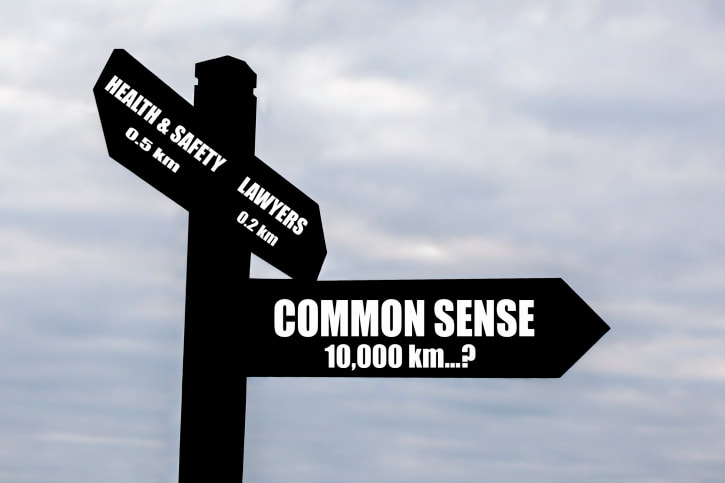
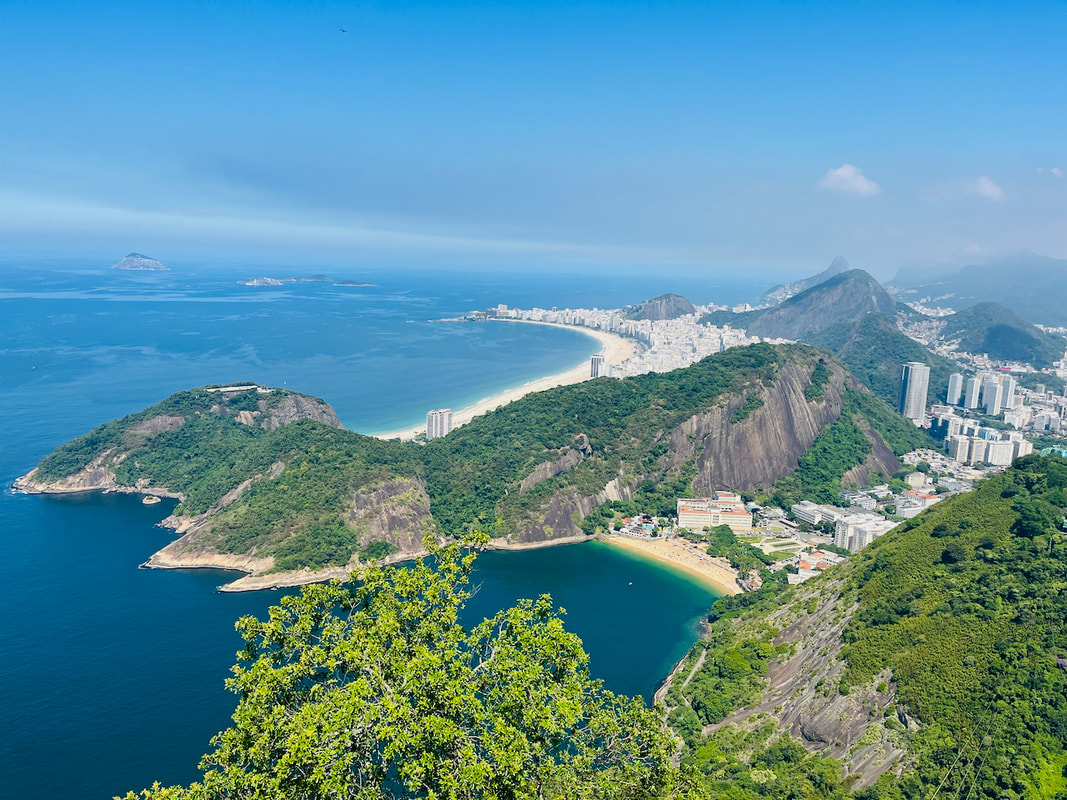
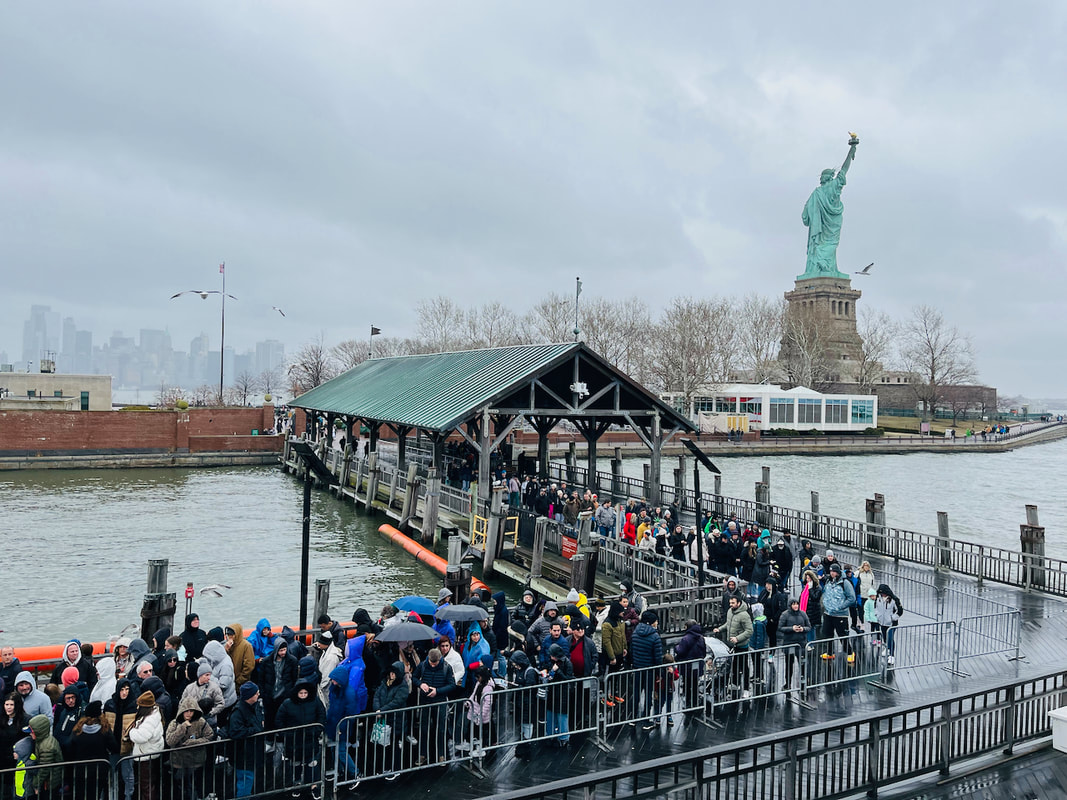
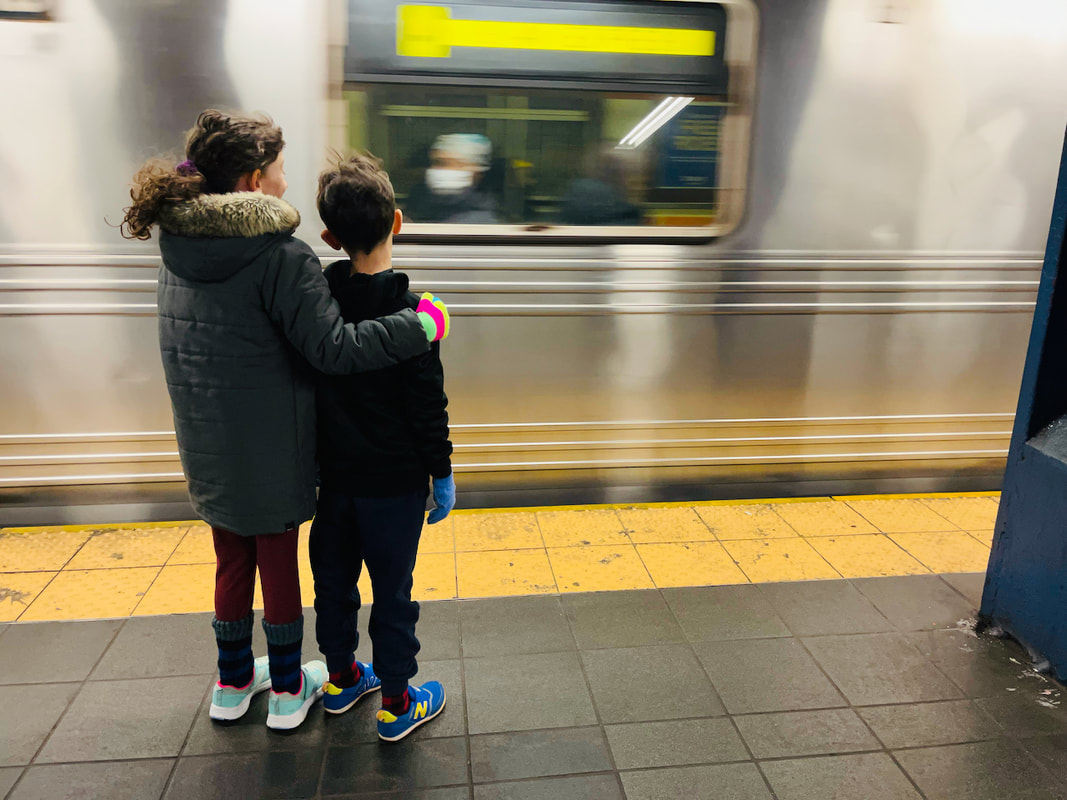
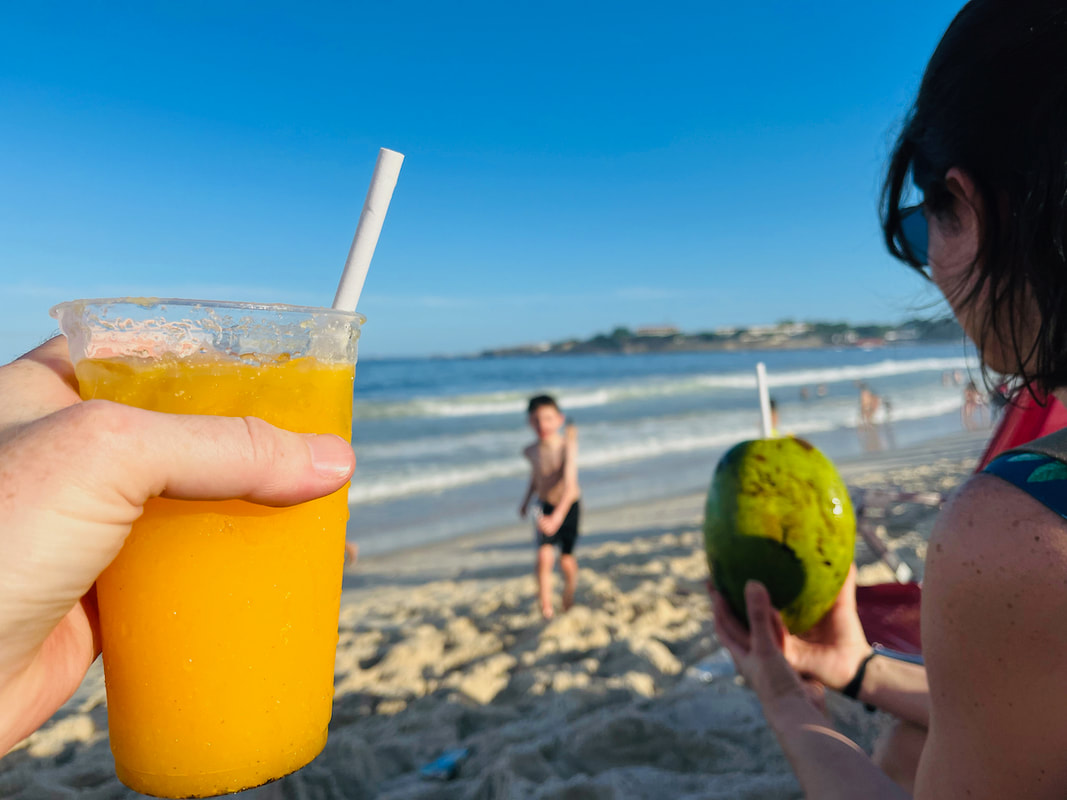
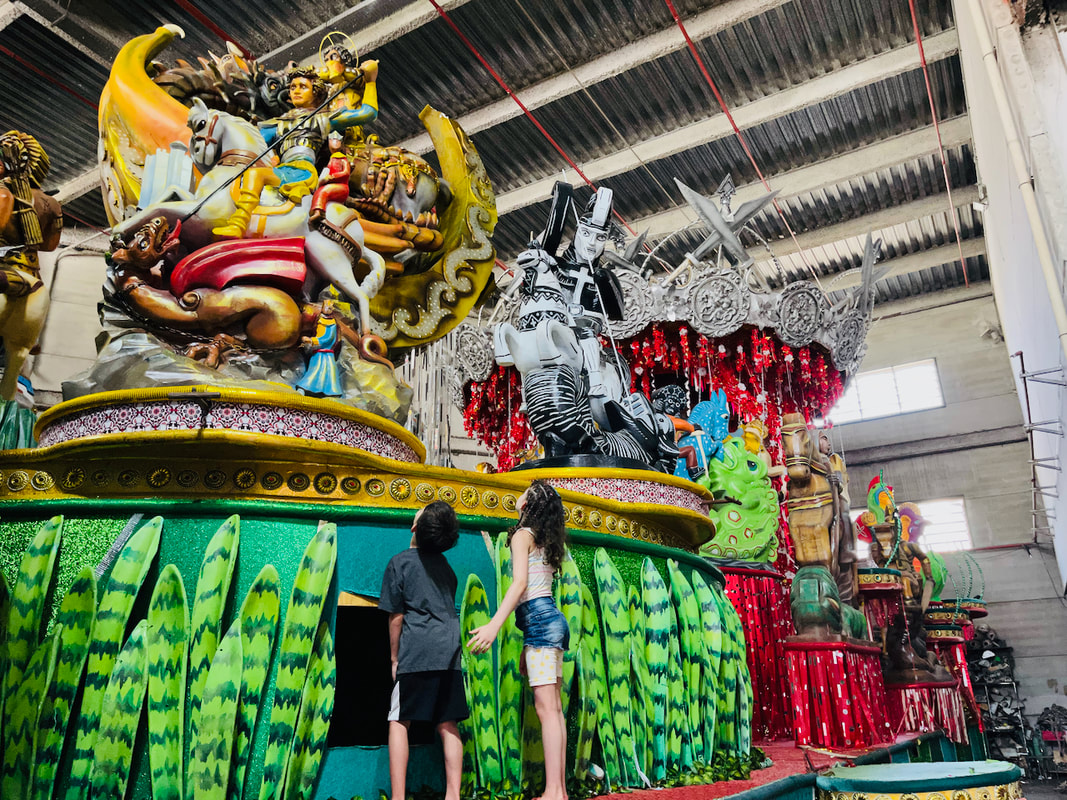
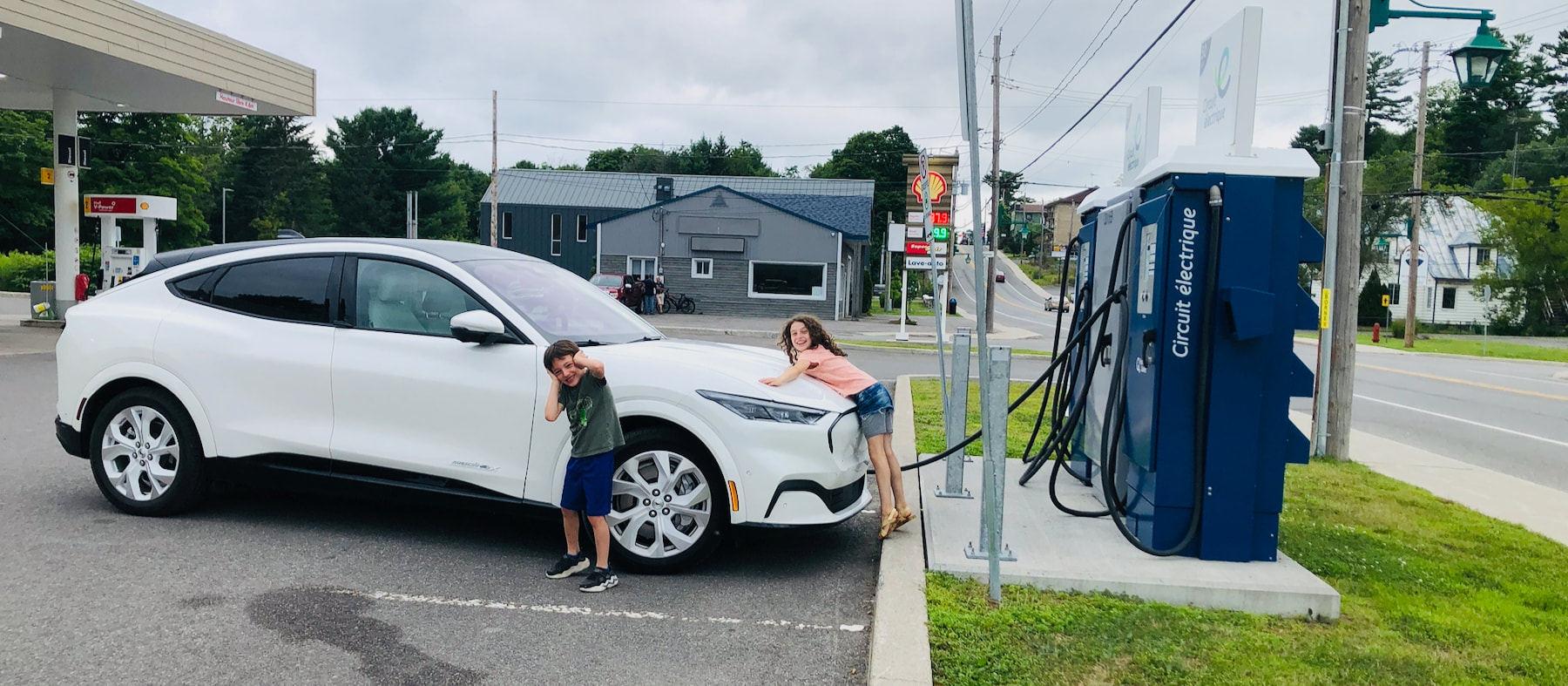
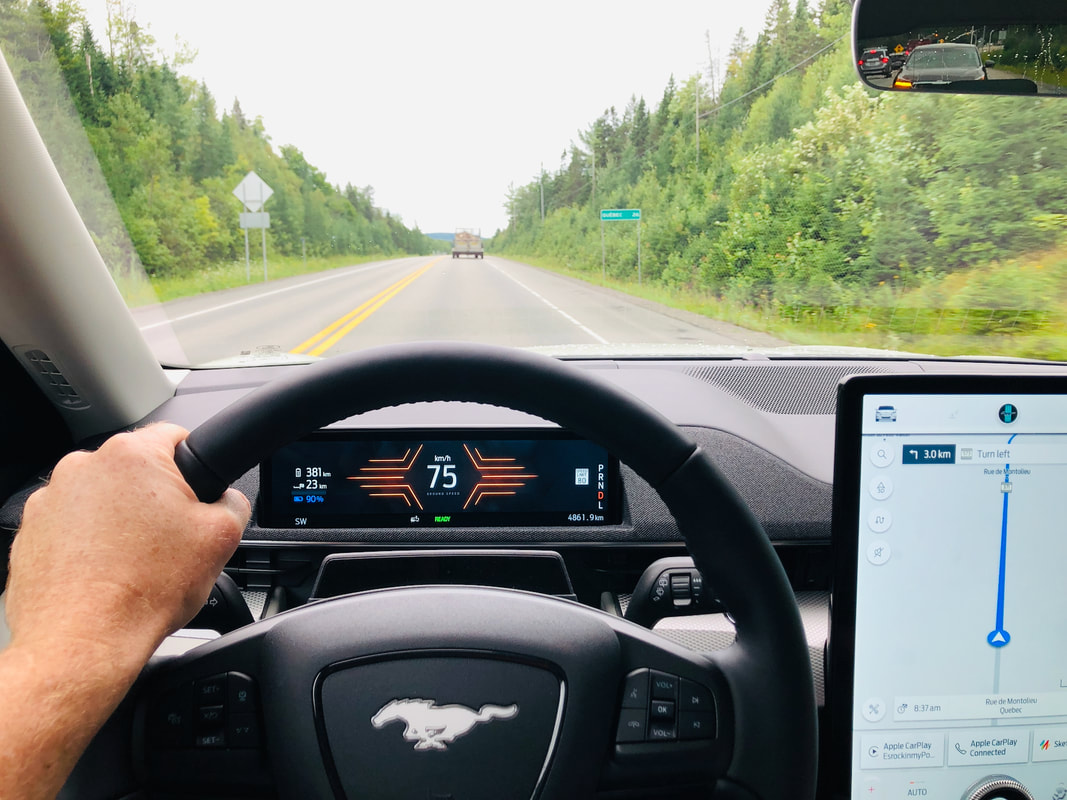
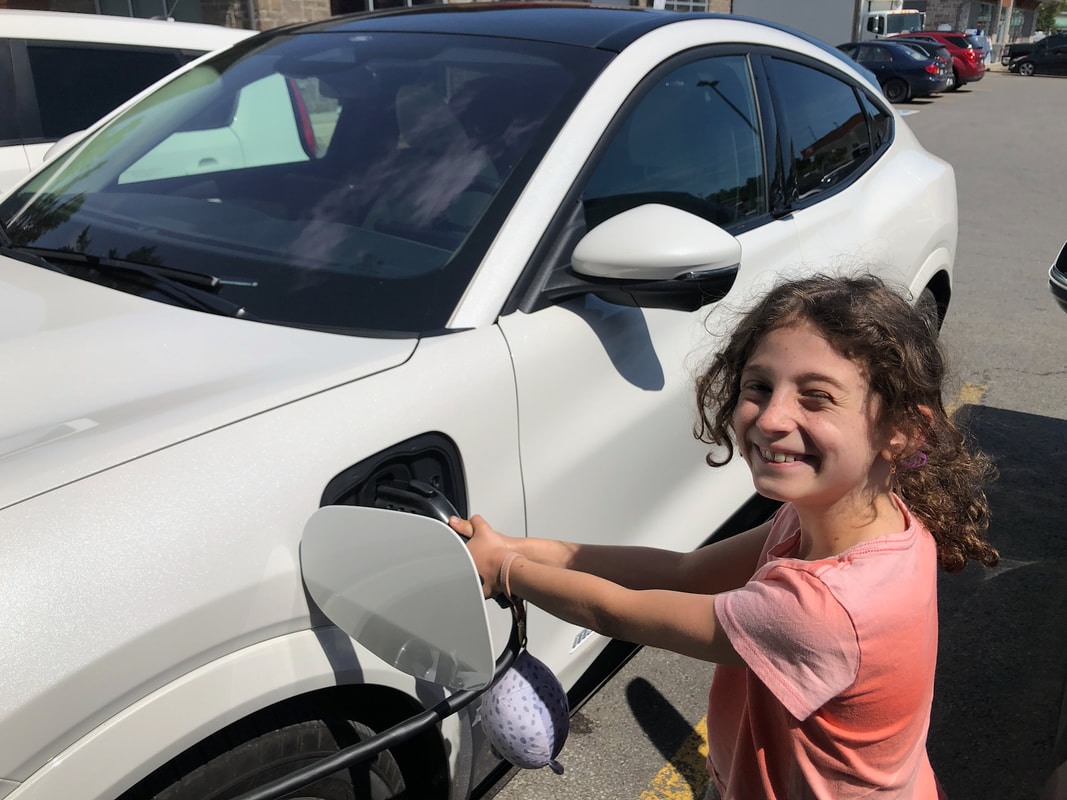
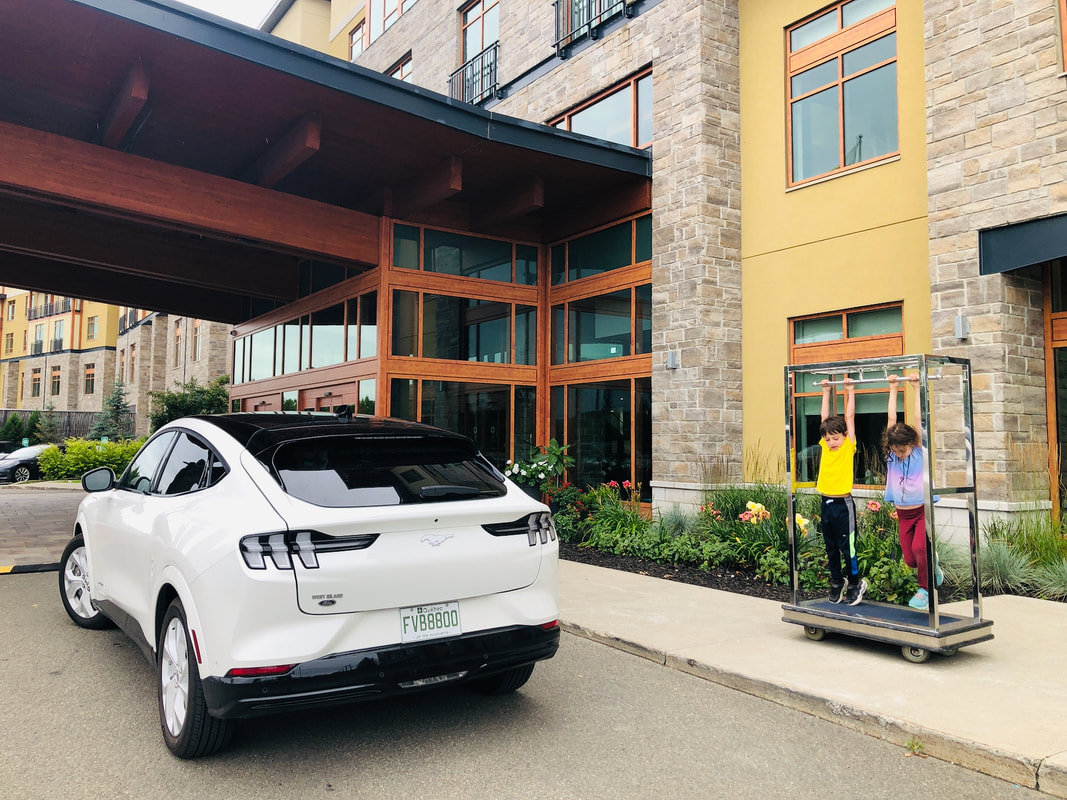
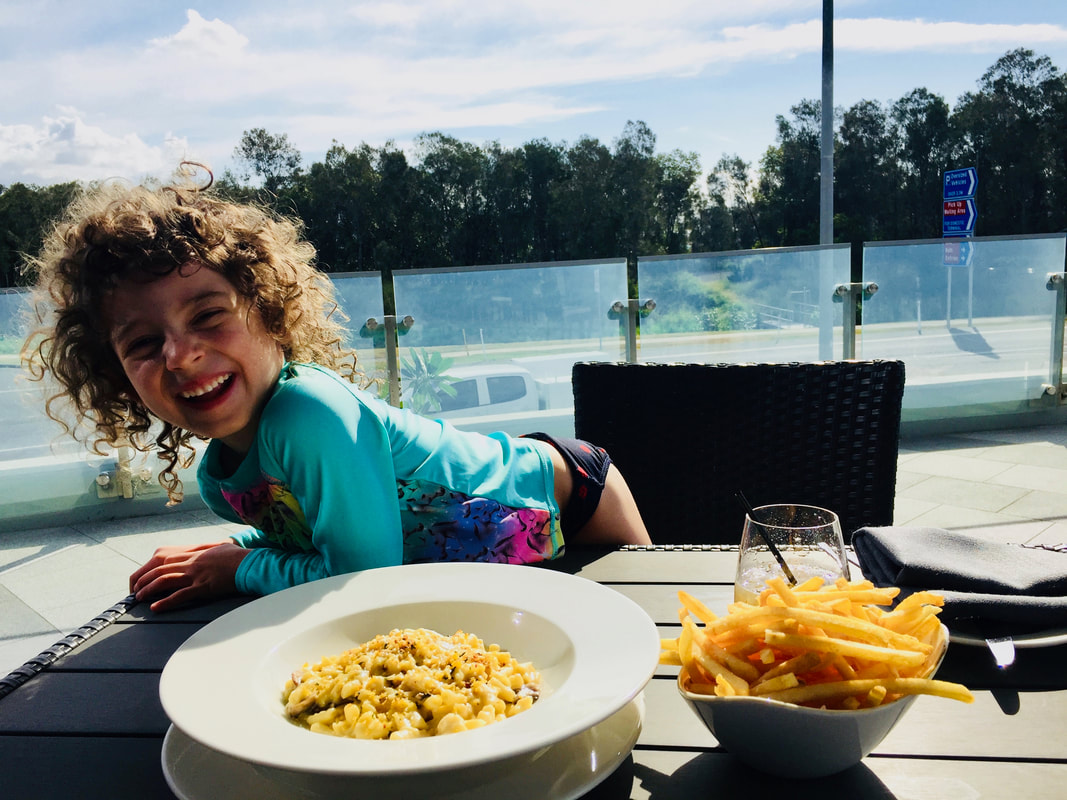
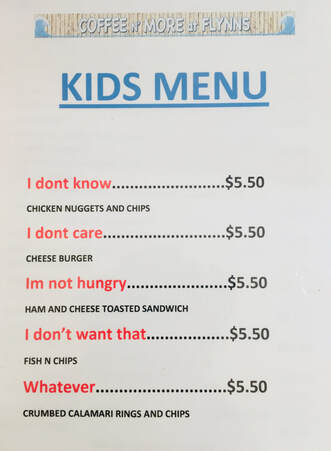
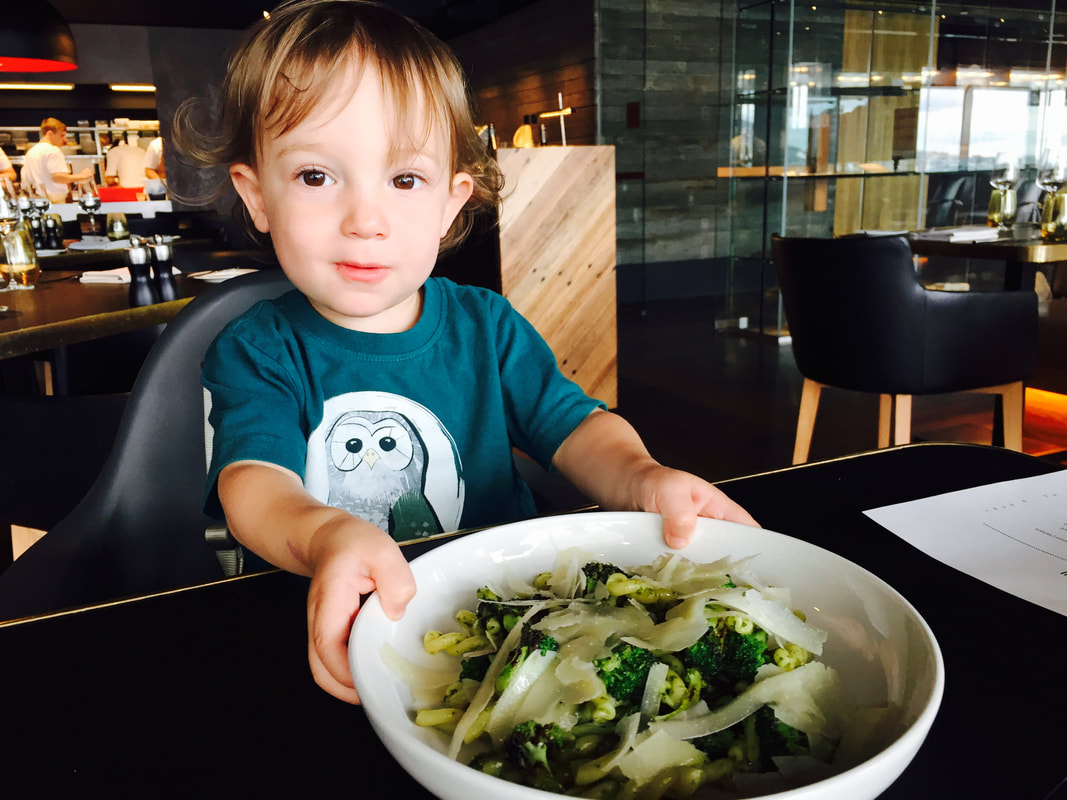
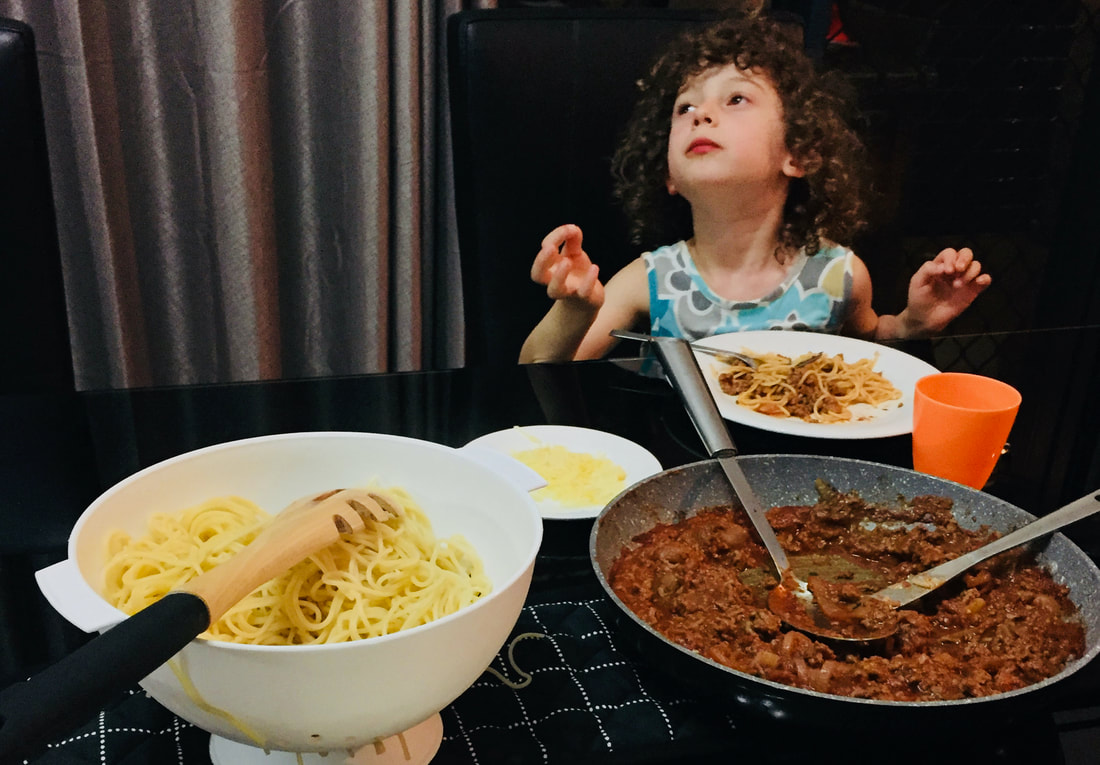
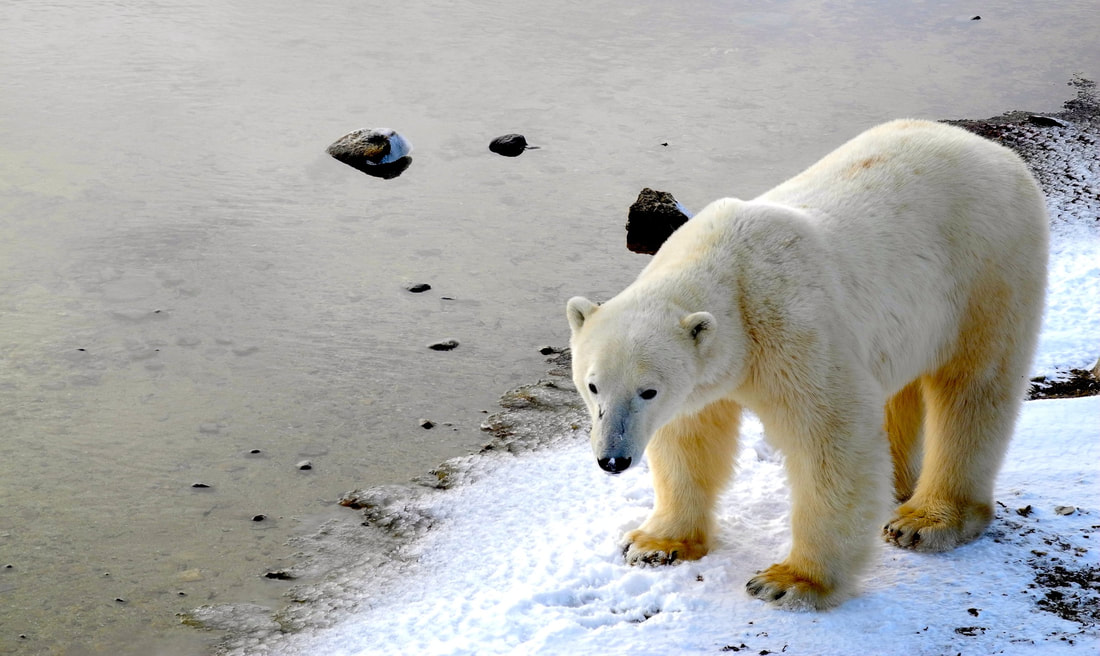
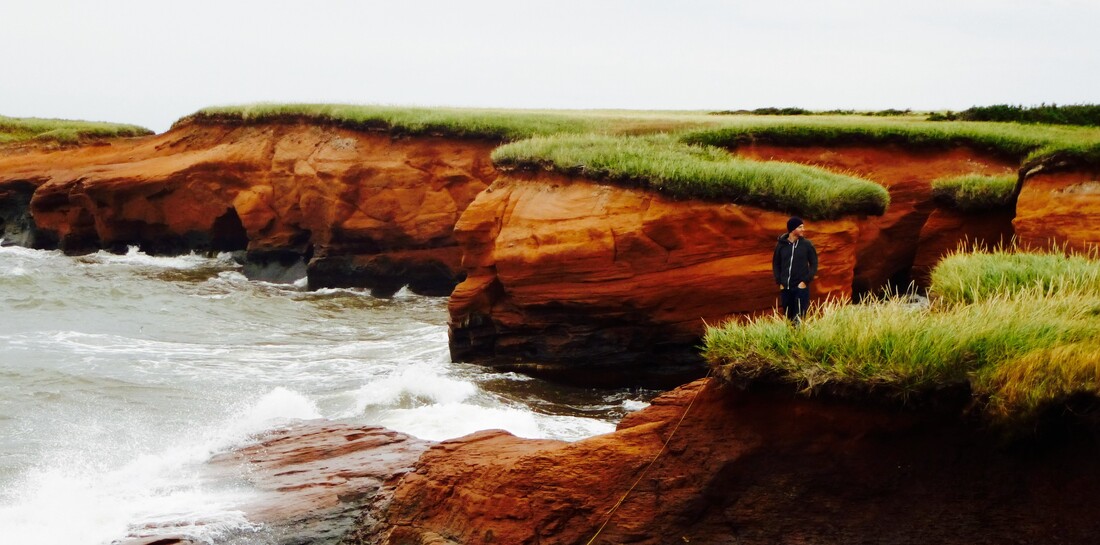
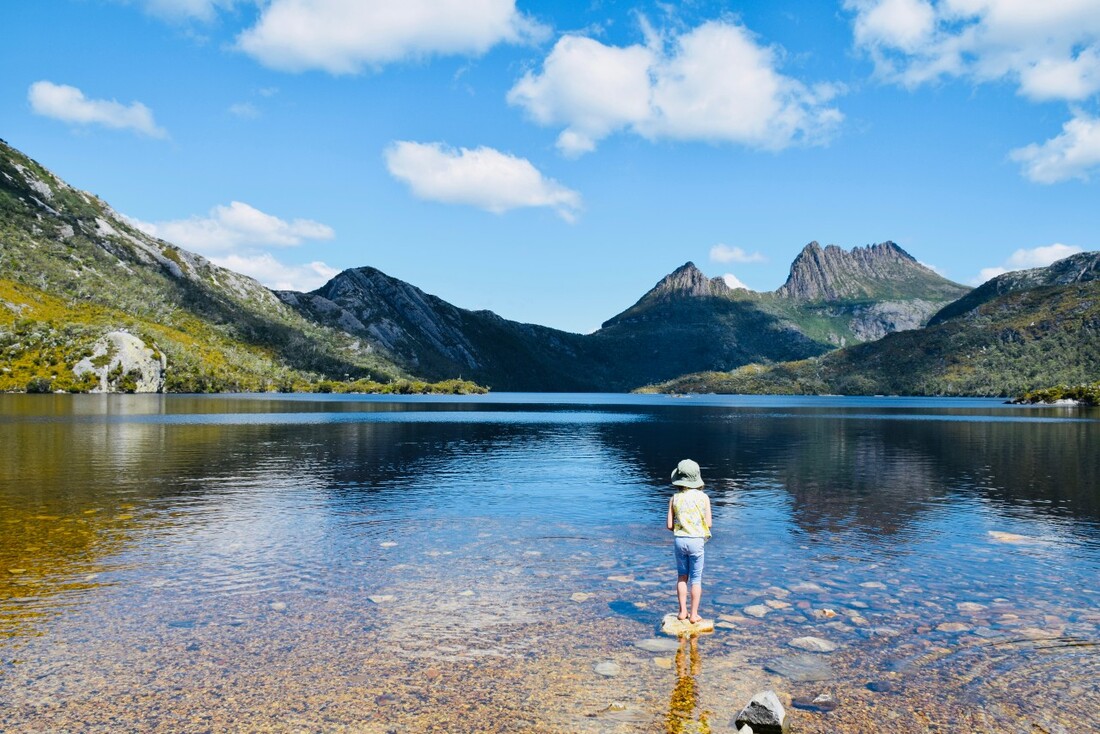
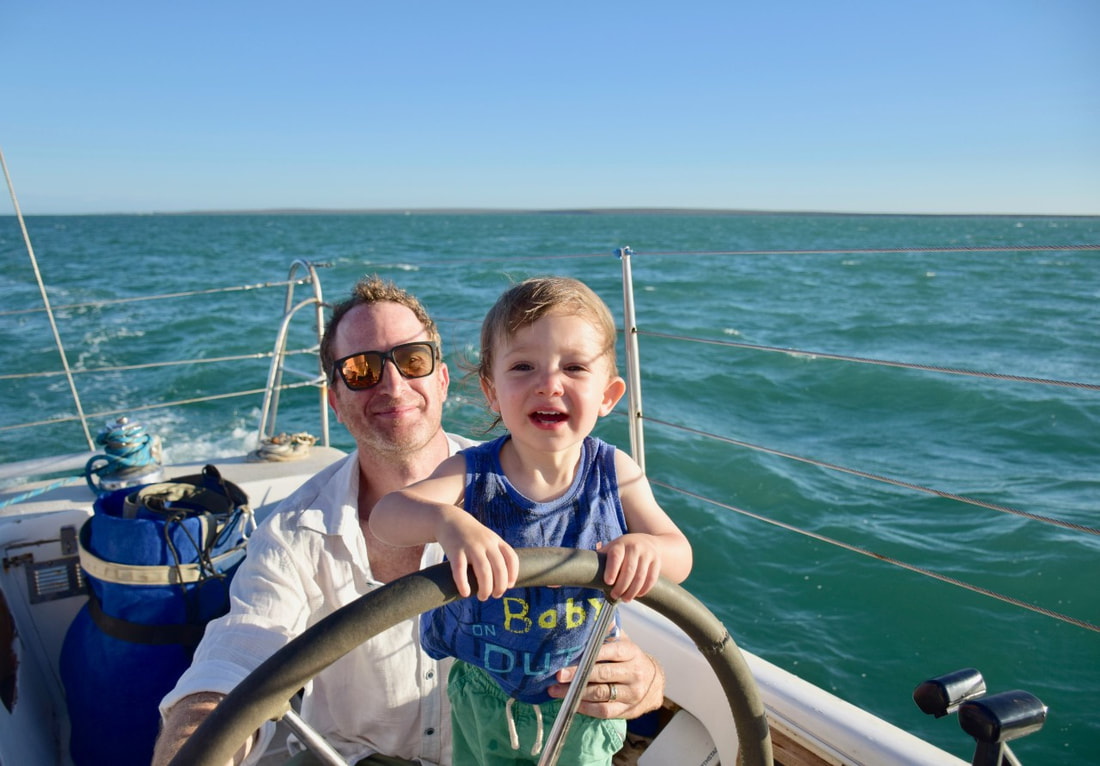
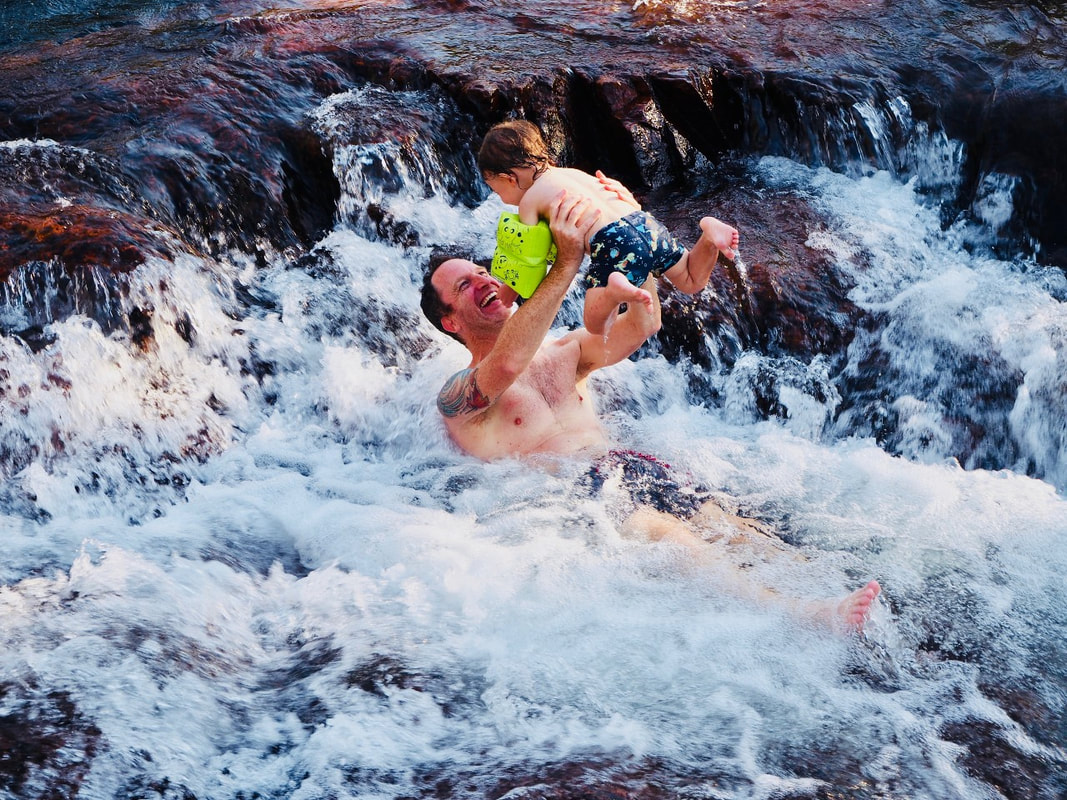
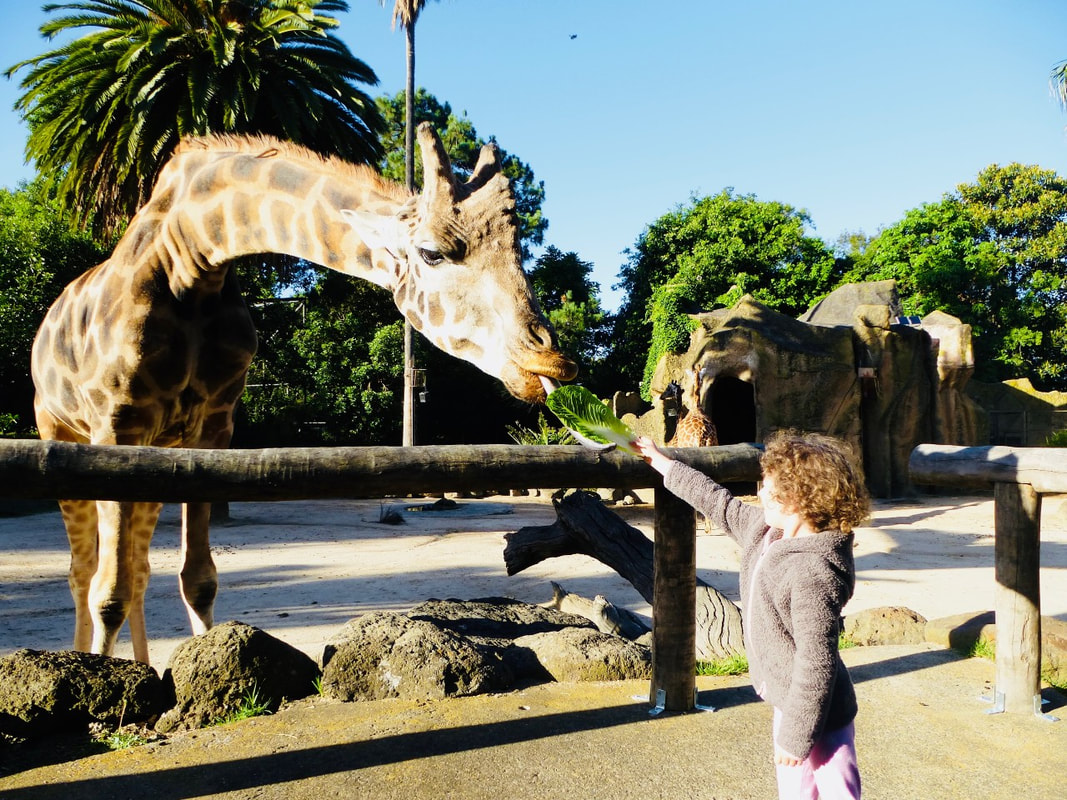
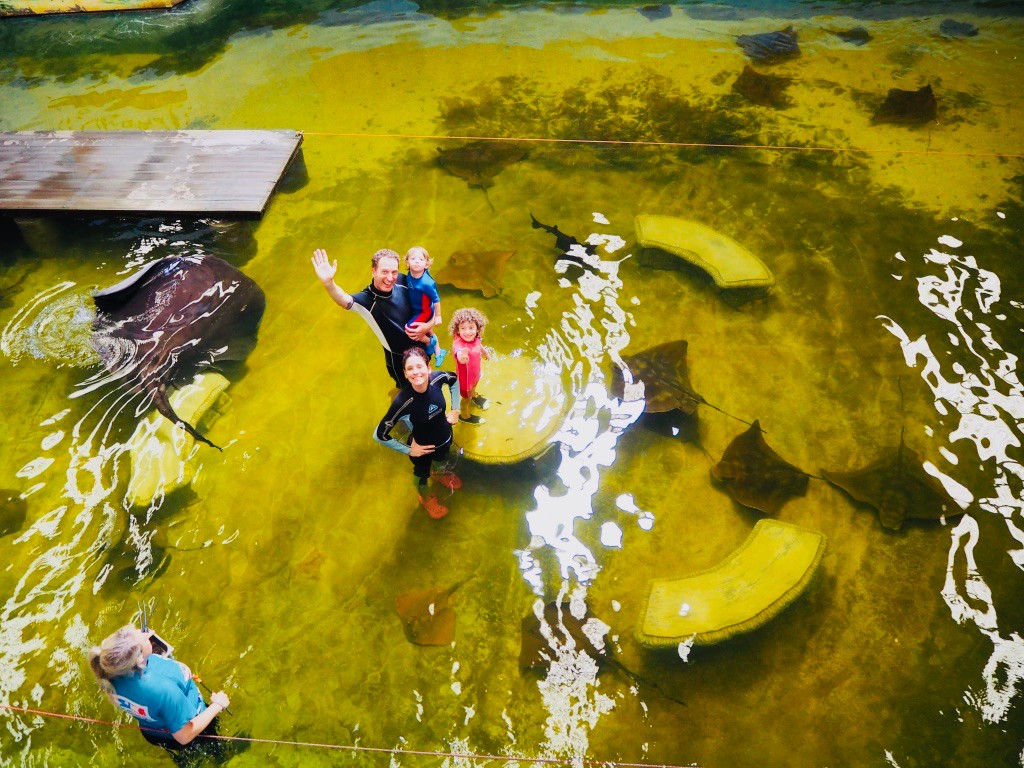
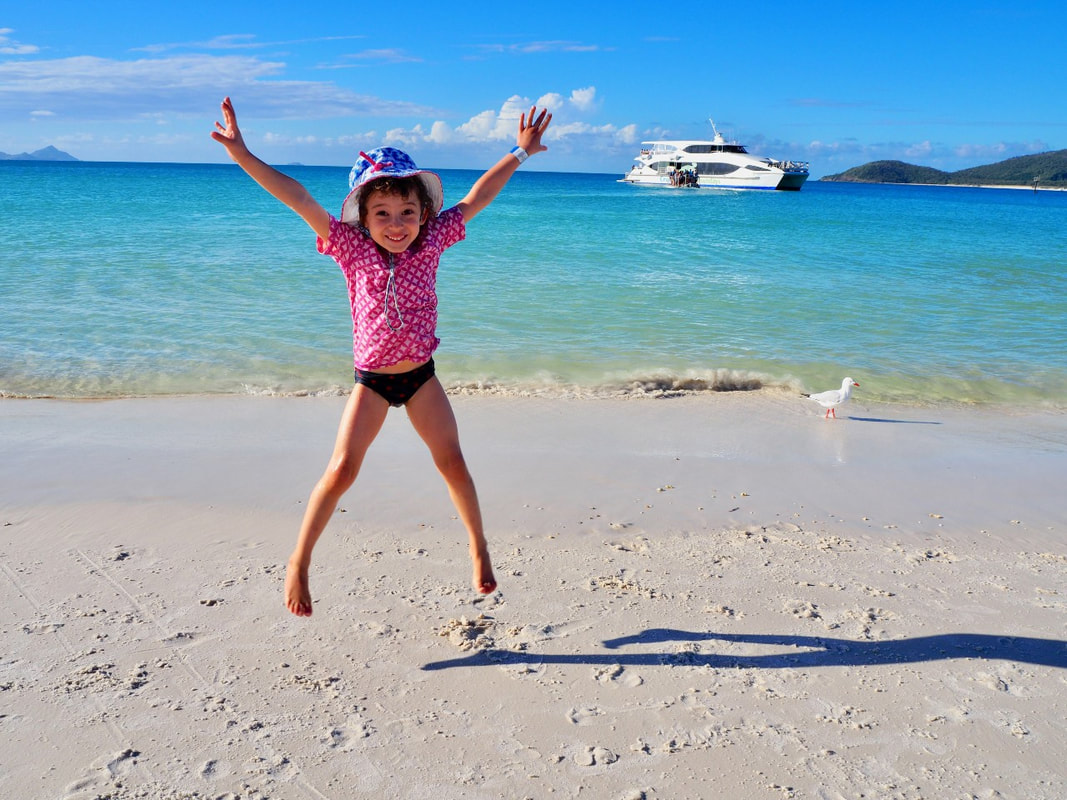
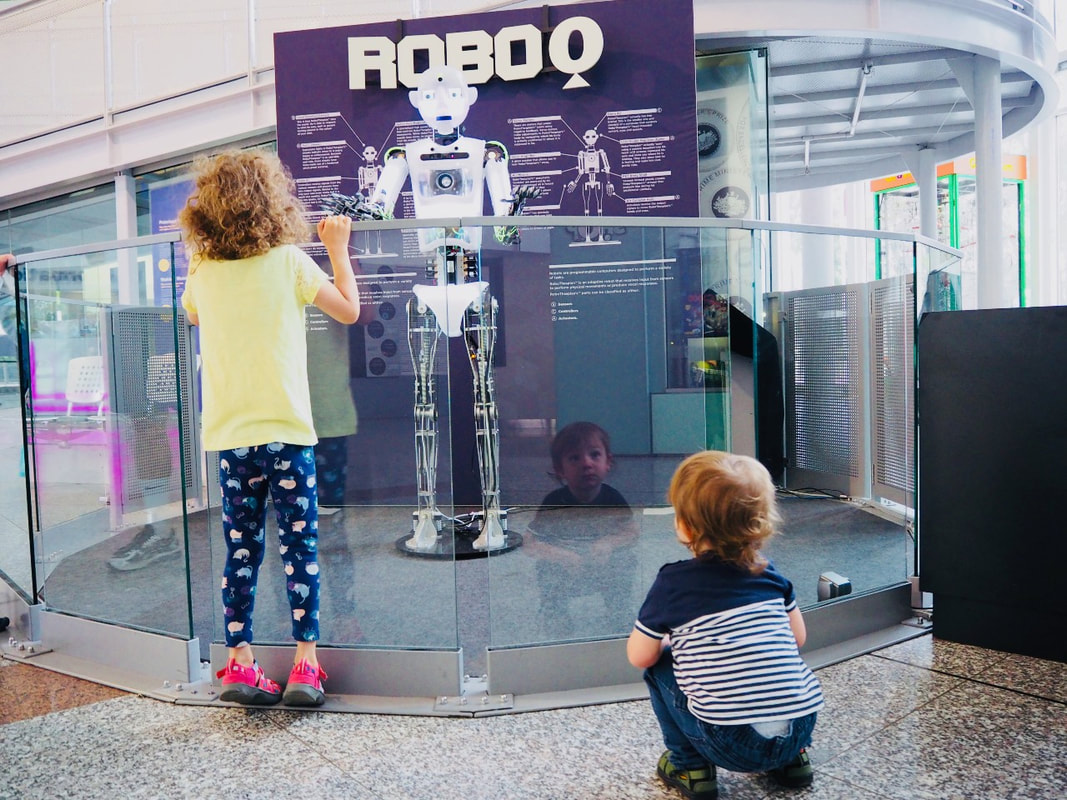
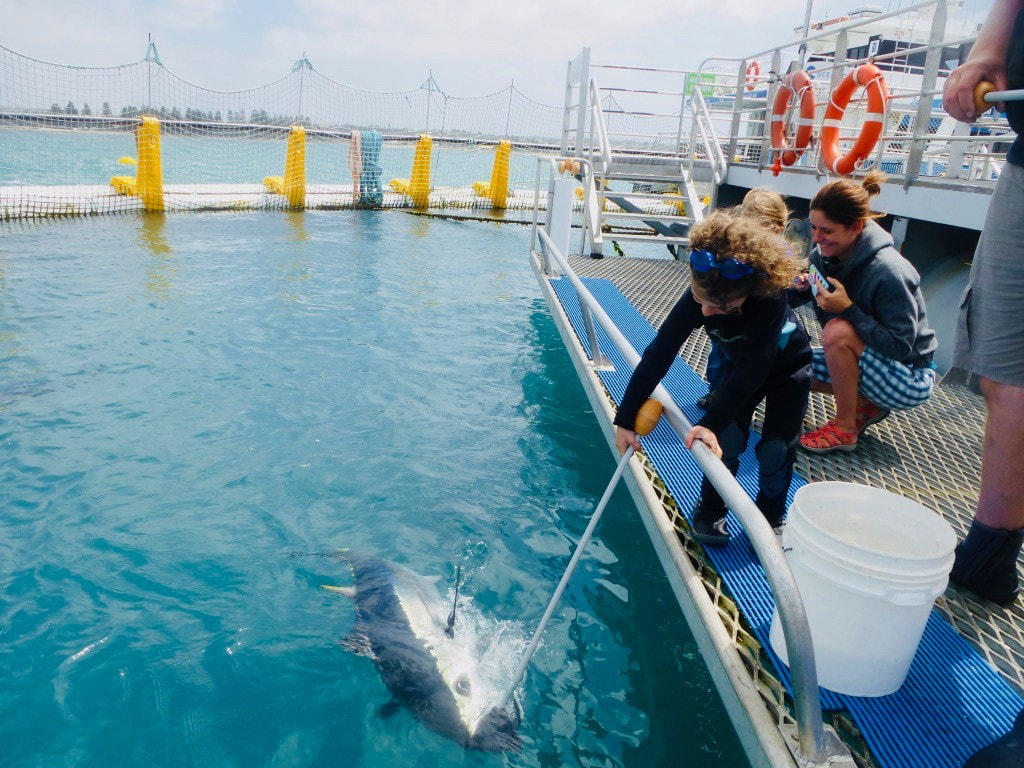
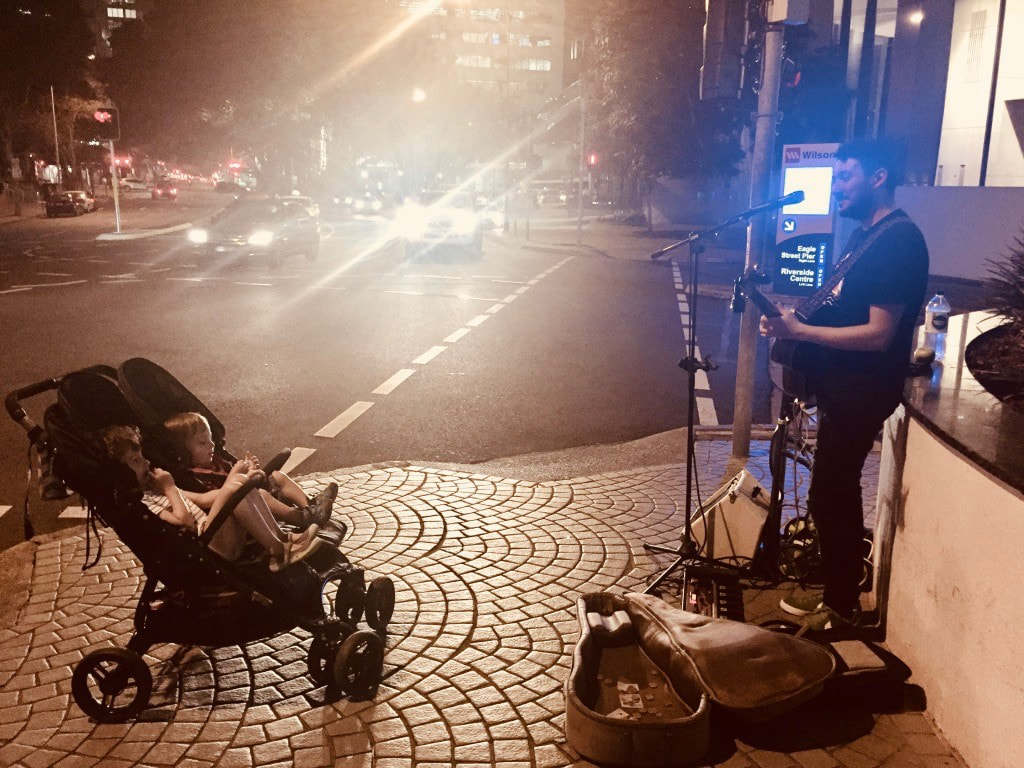


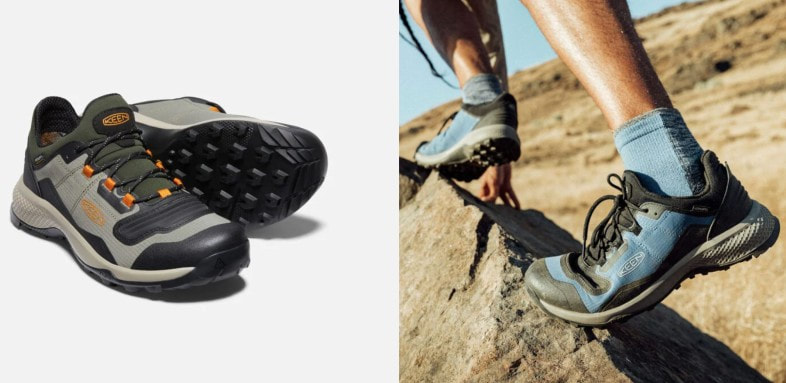

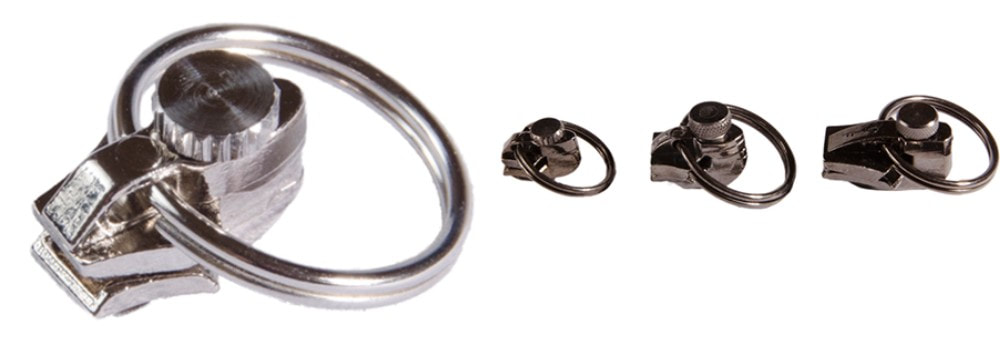
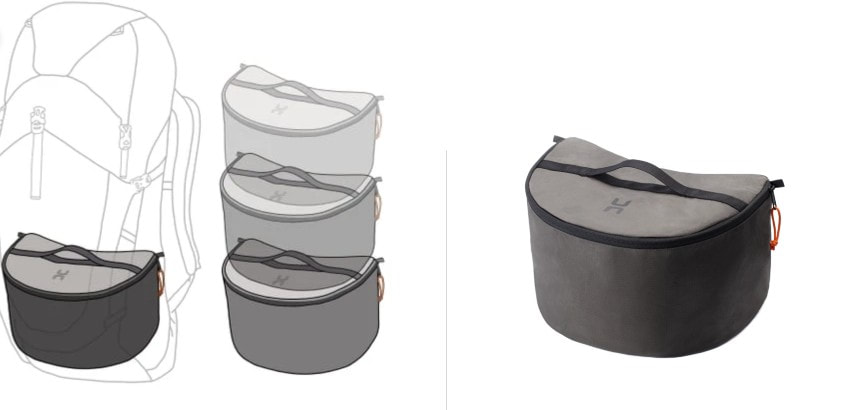
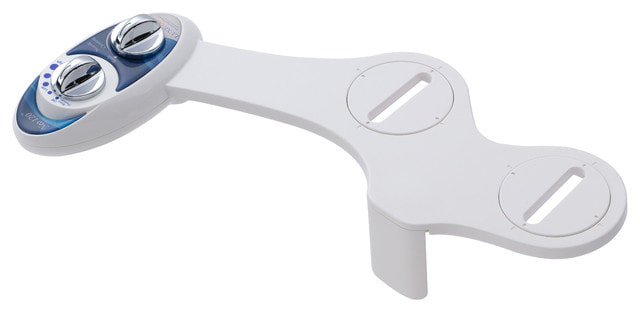
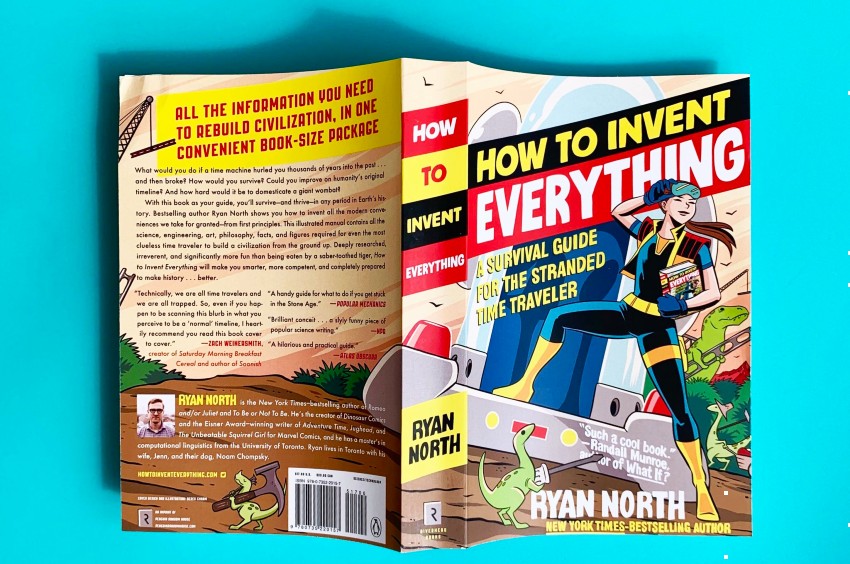
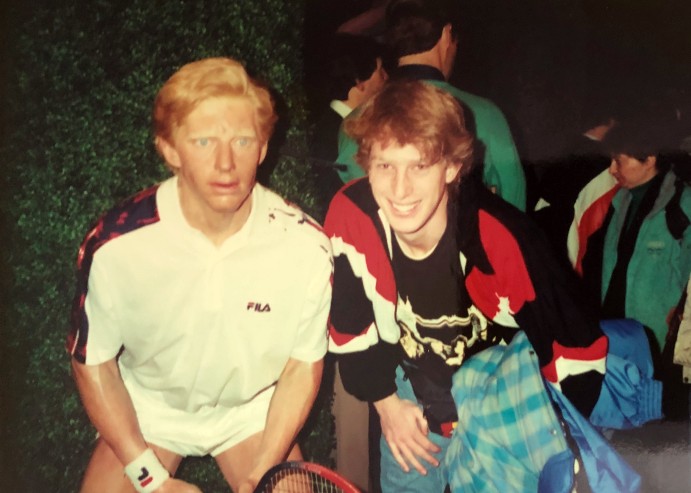
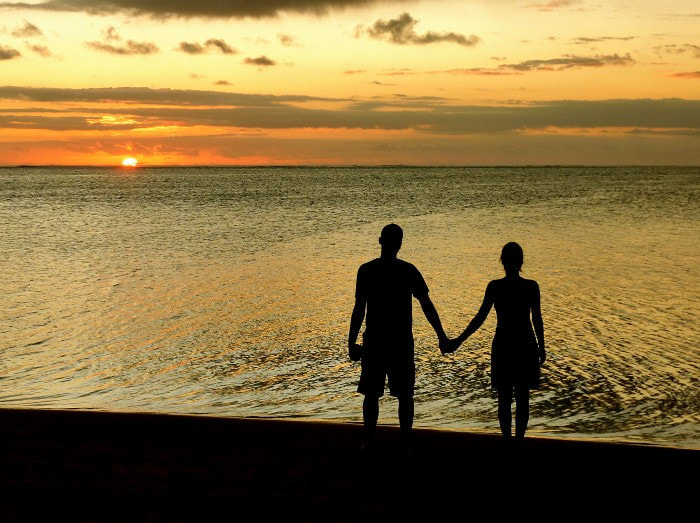
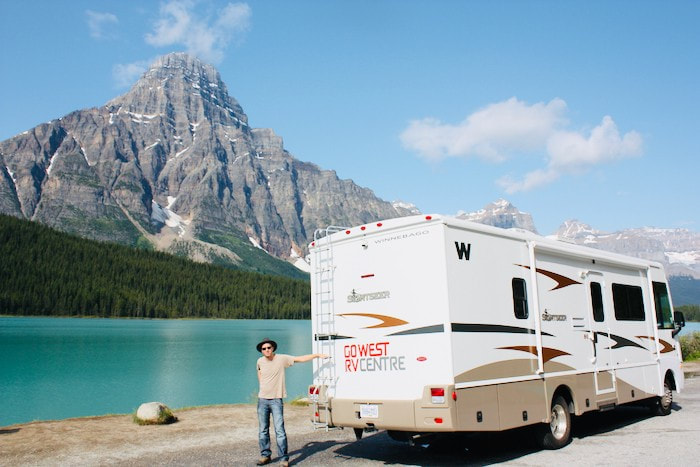
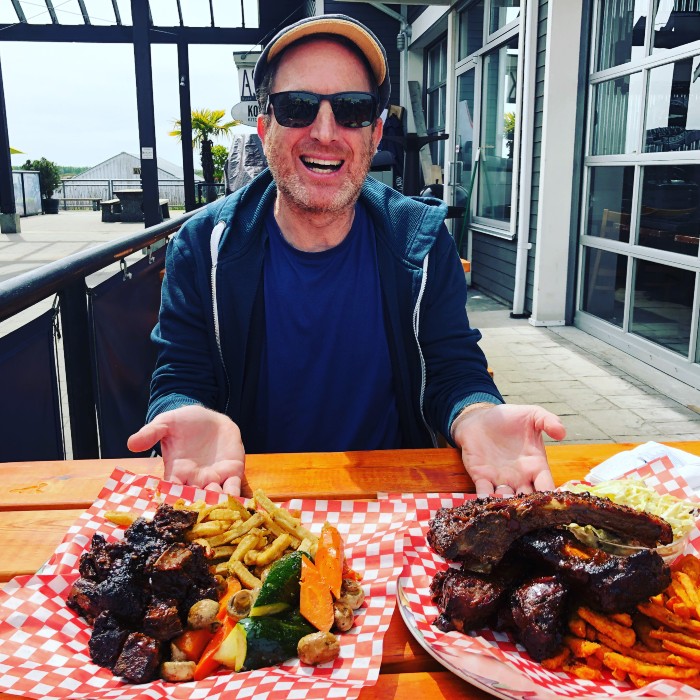
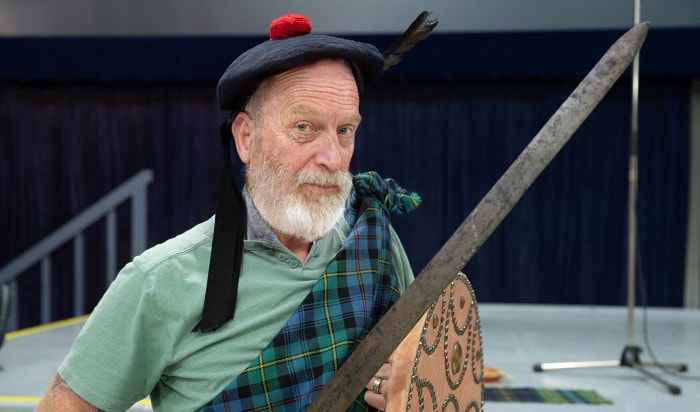



 RSS Feed
RSS Feed

